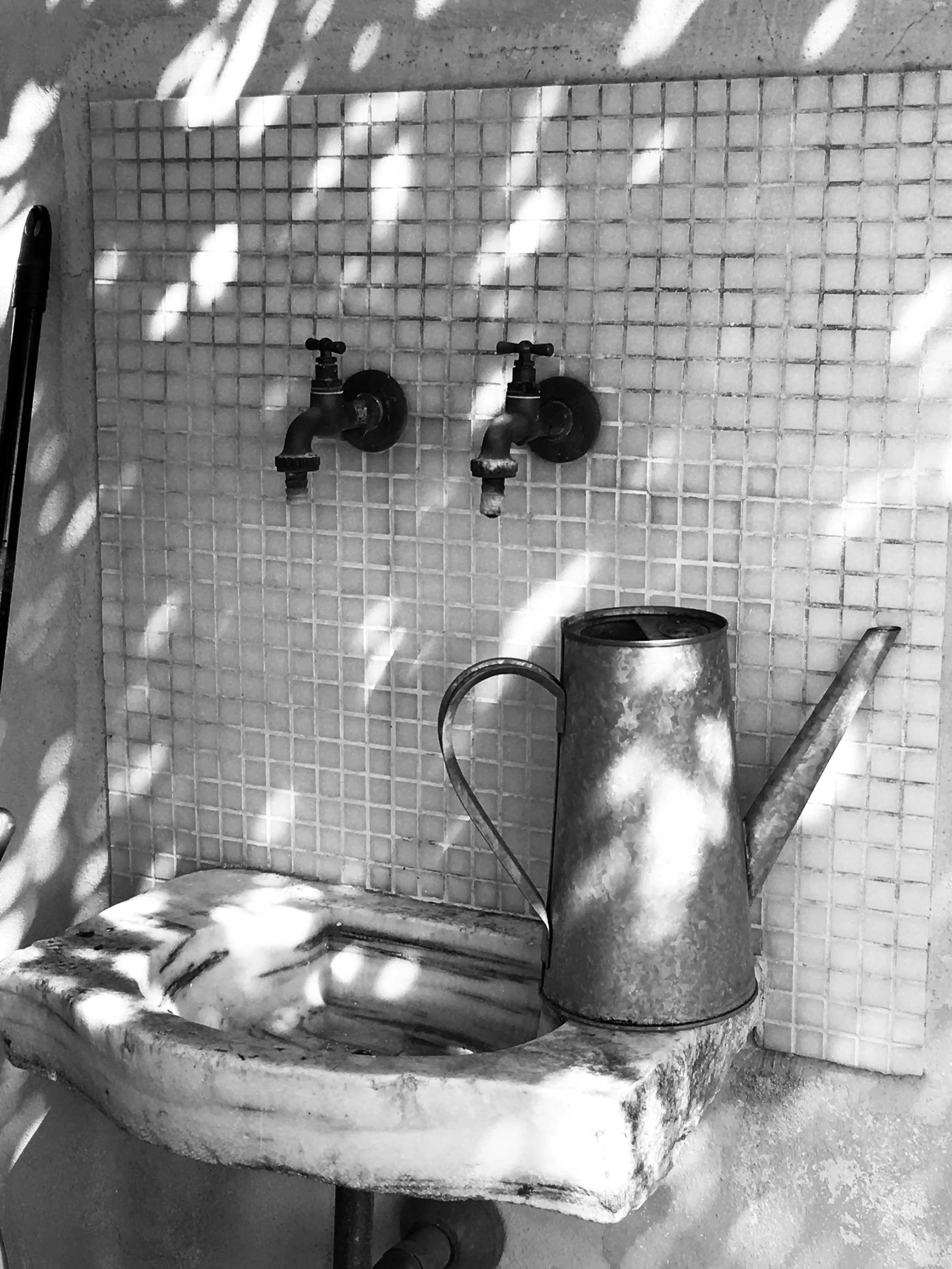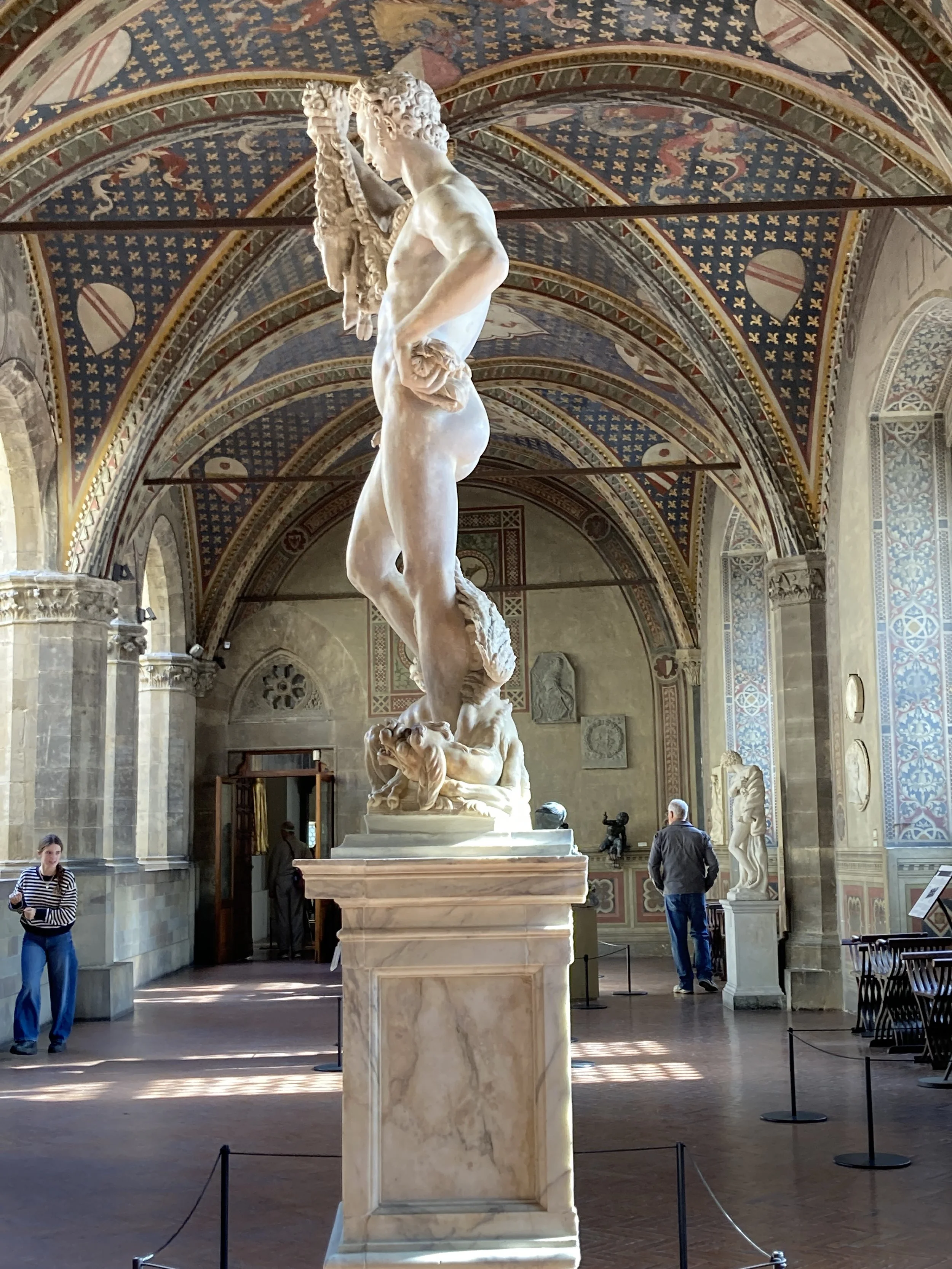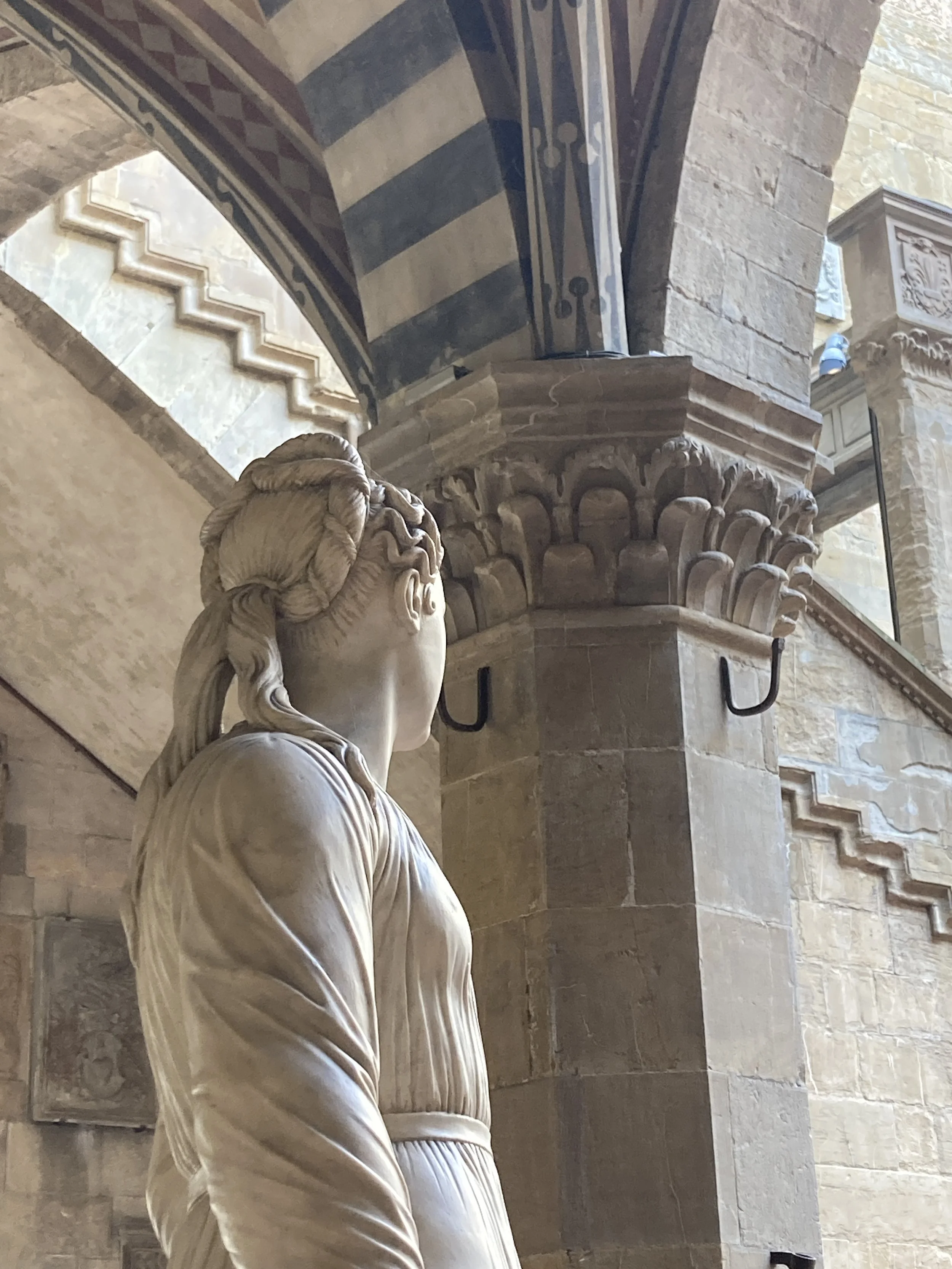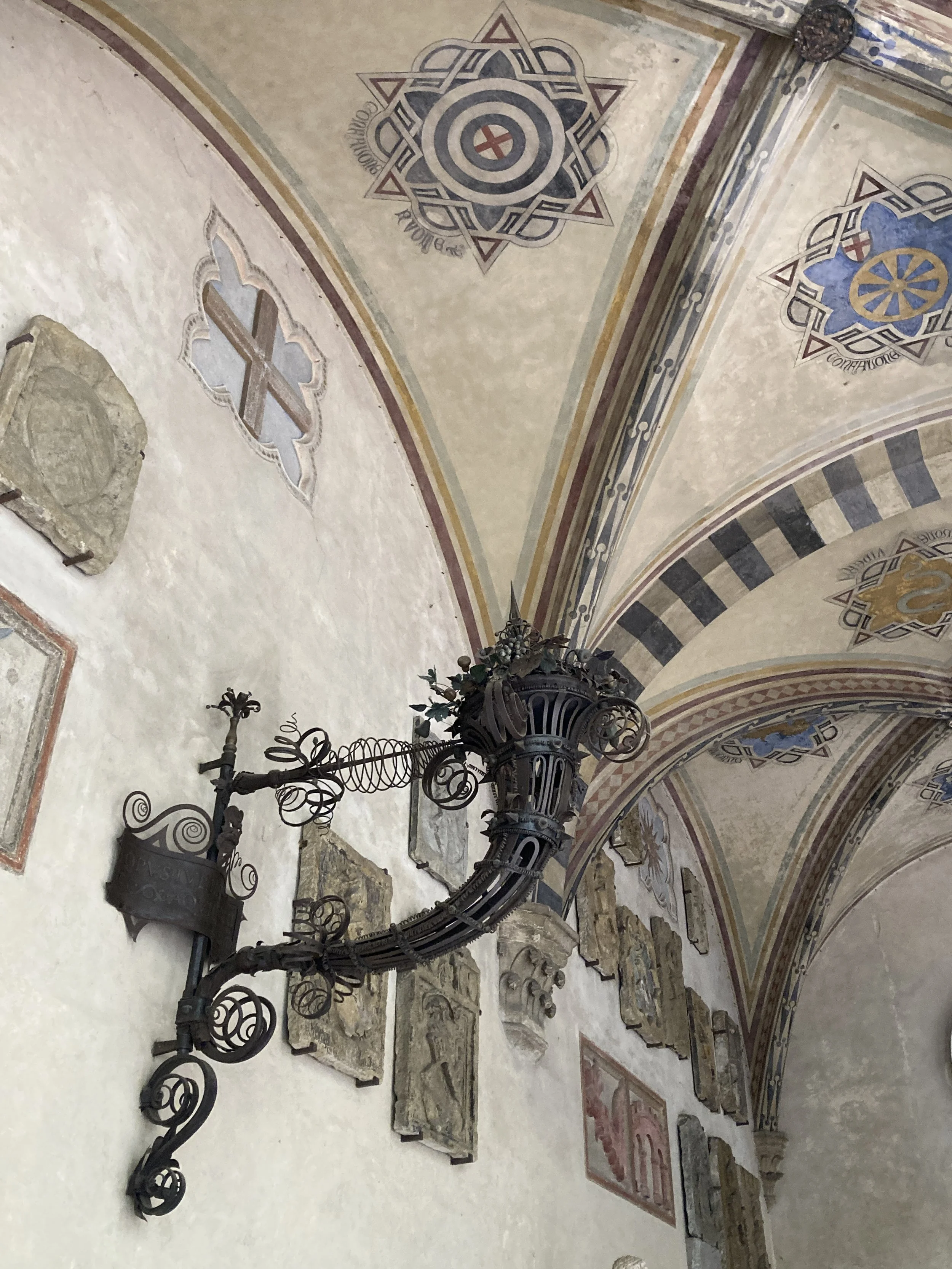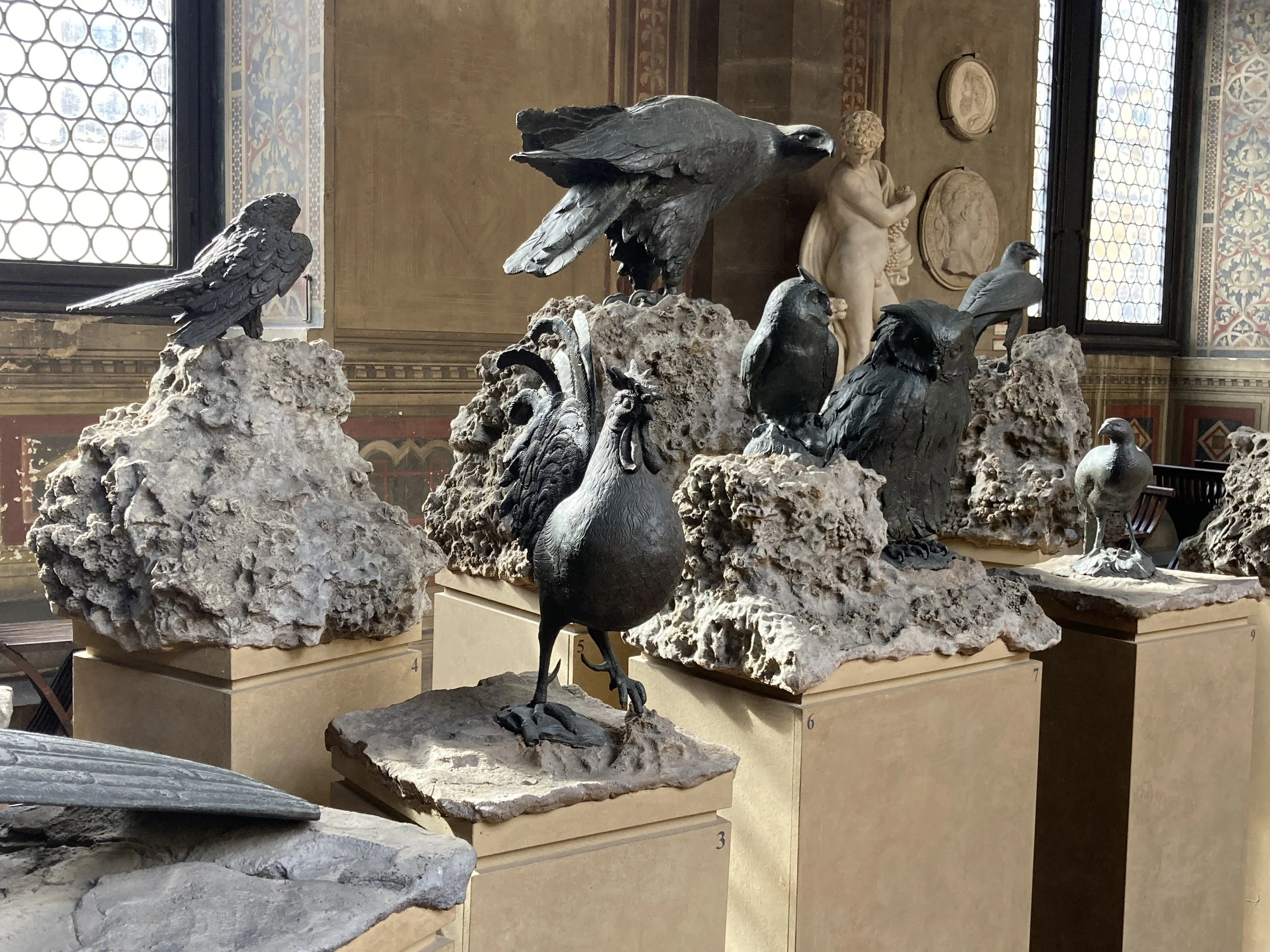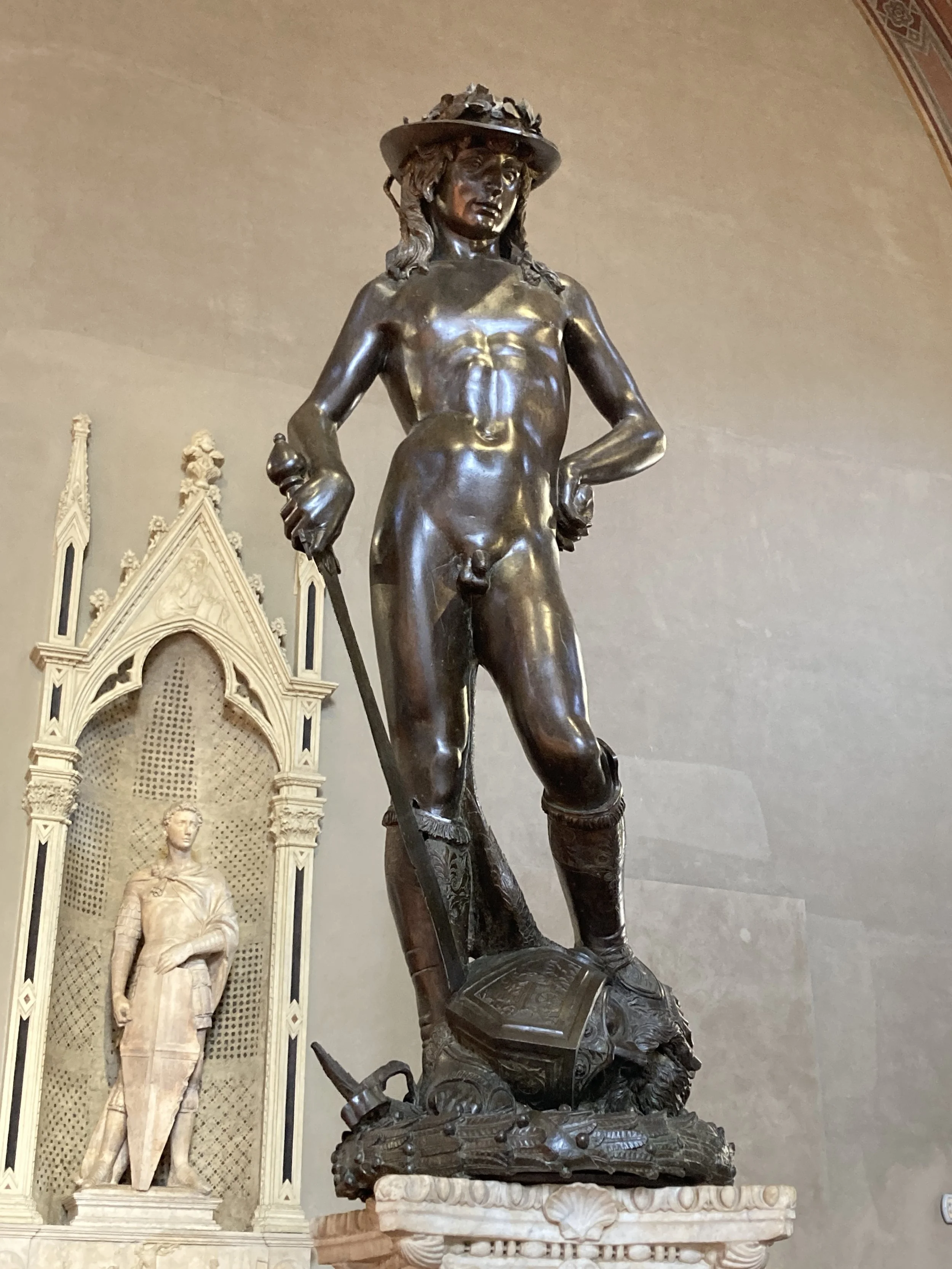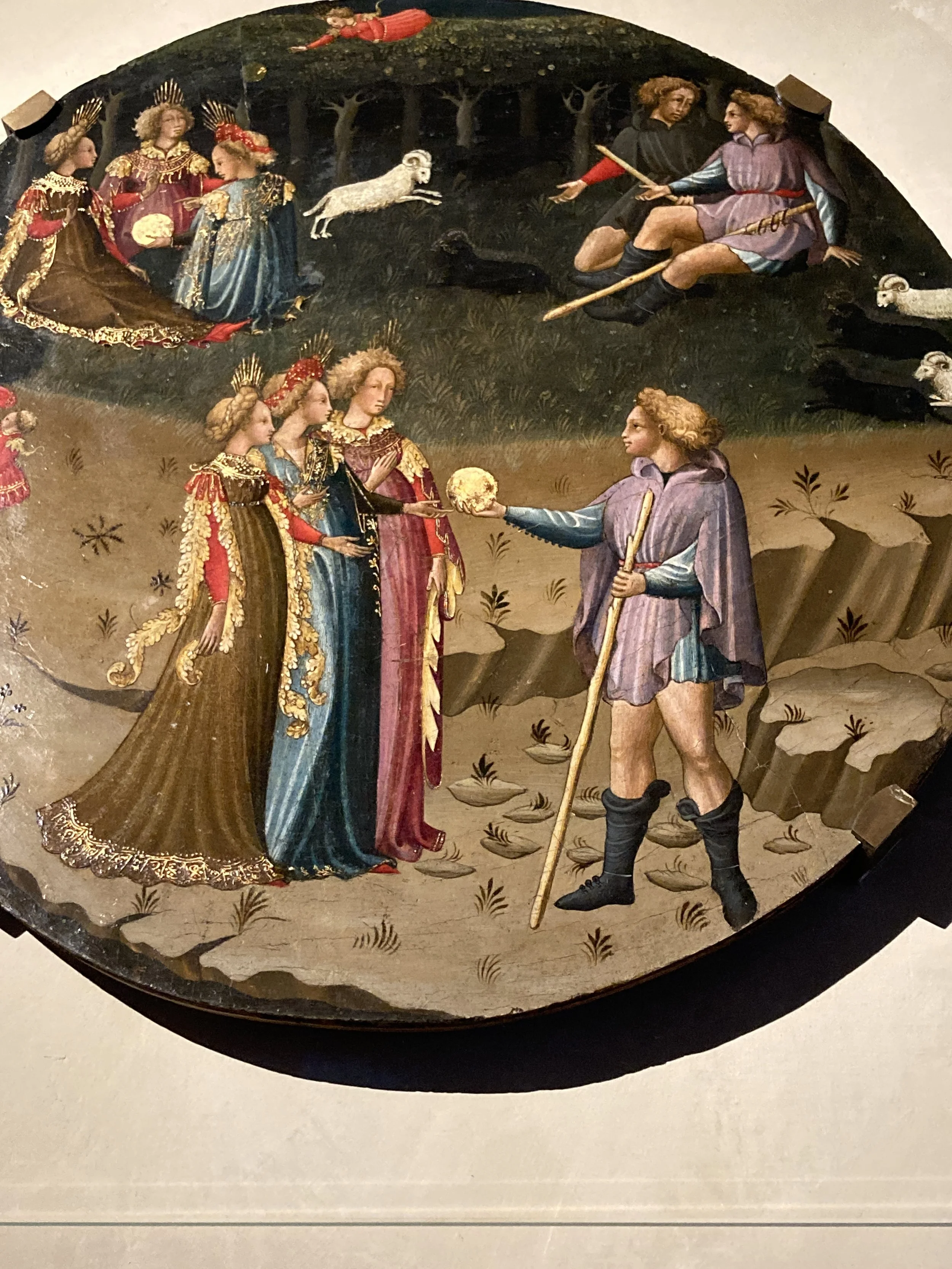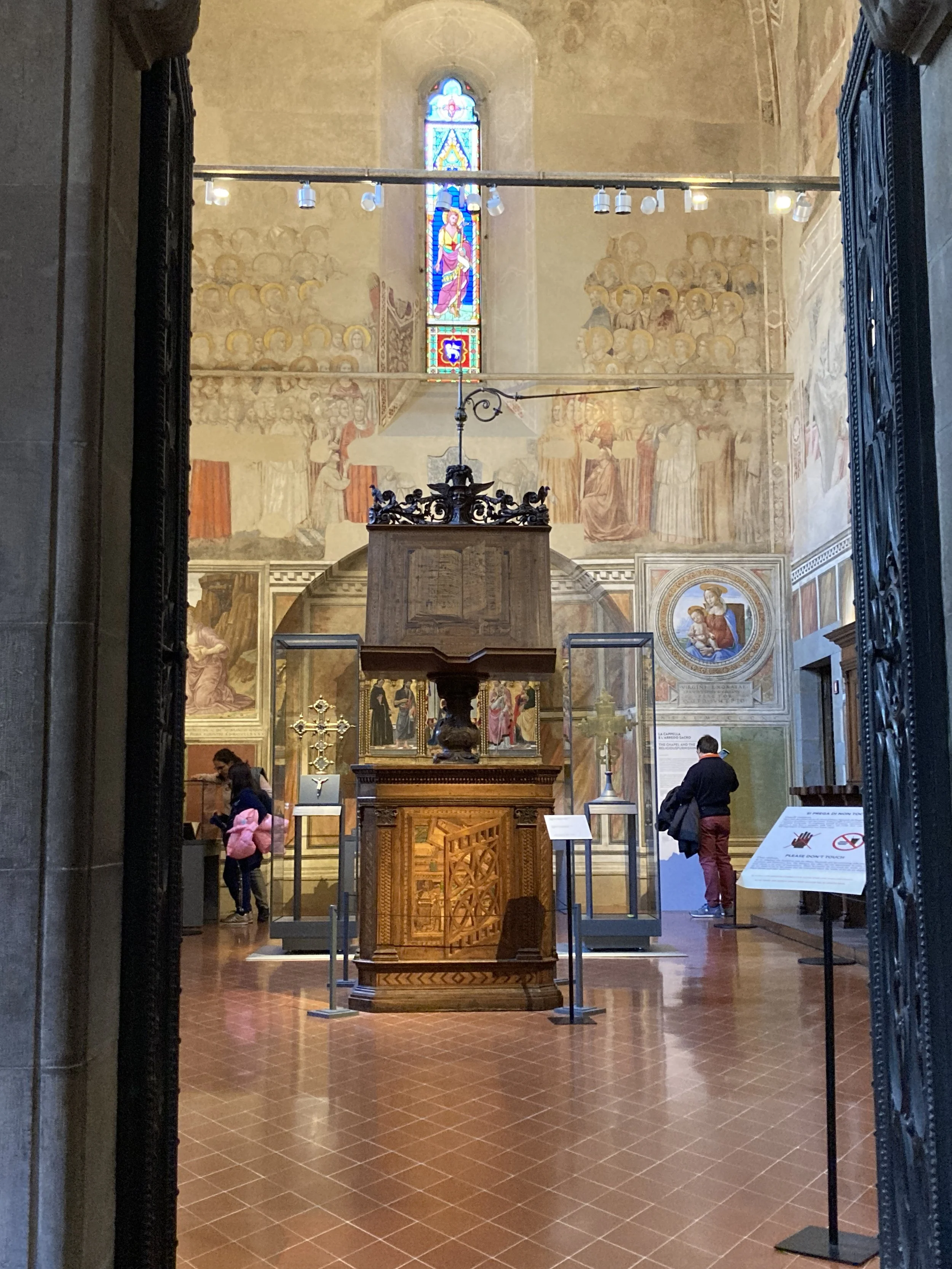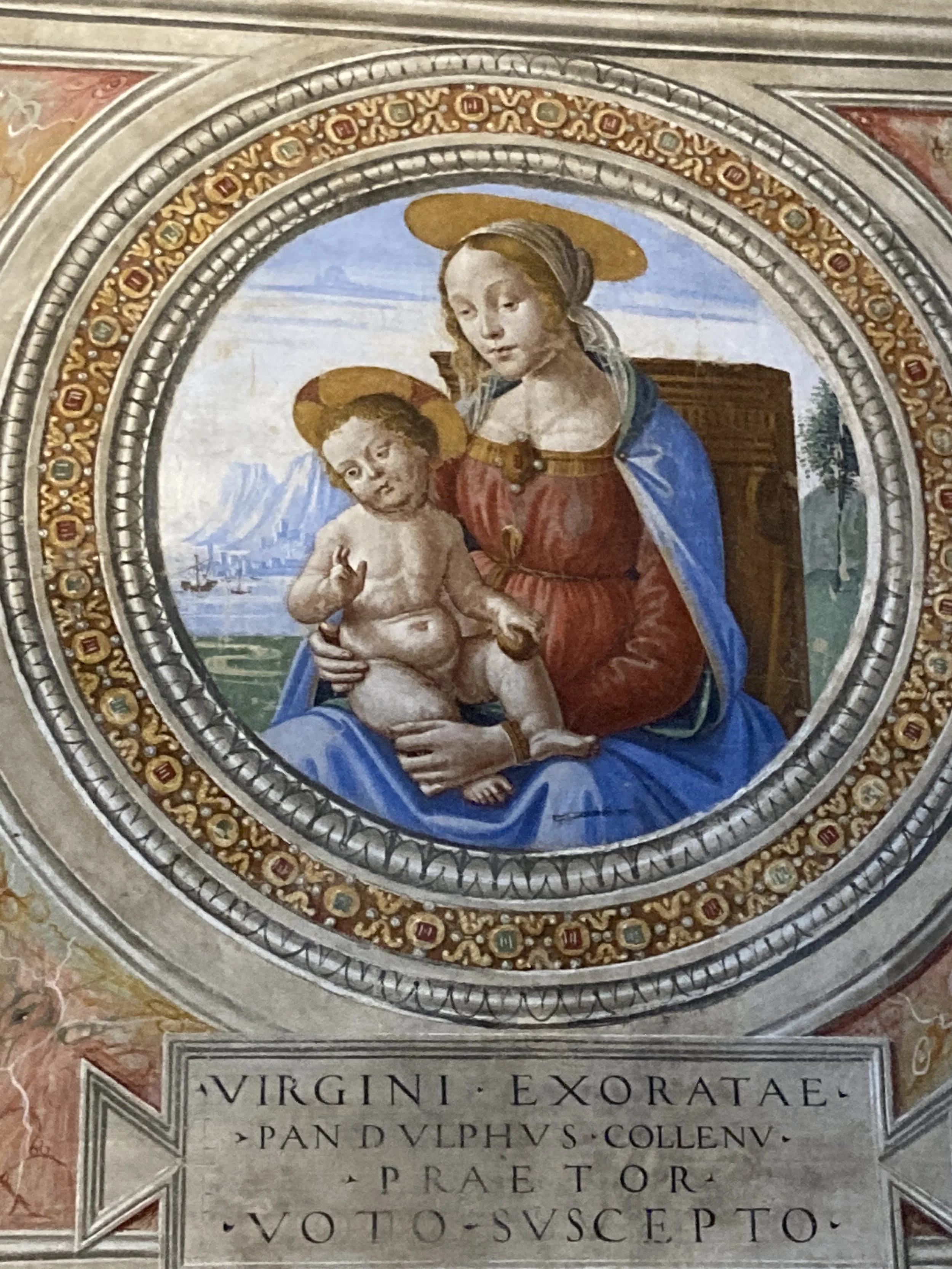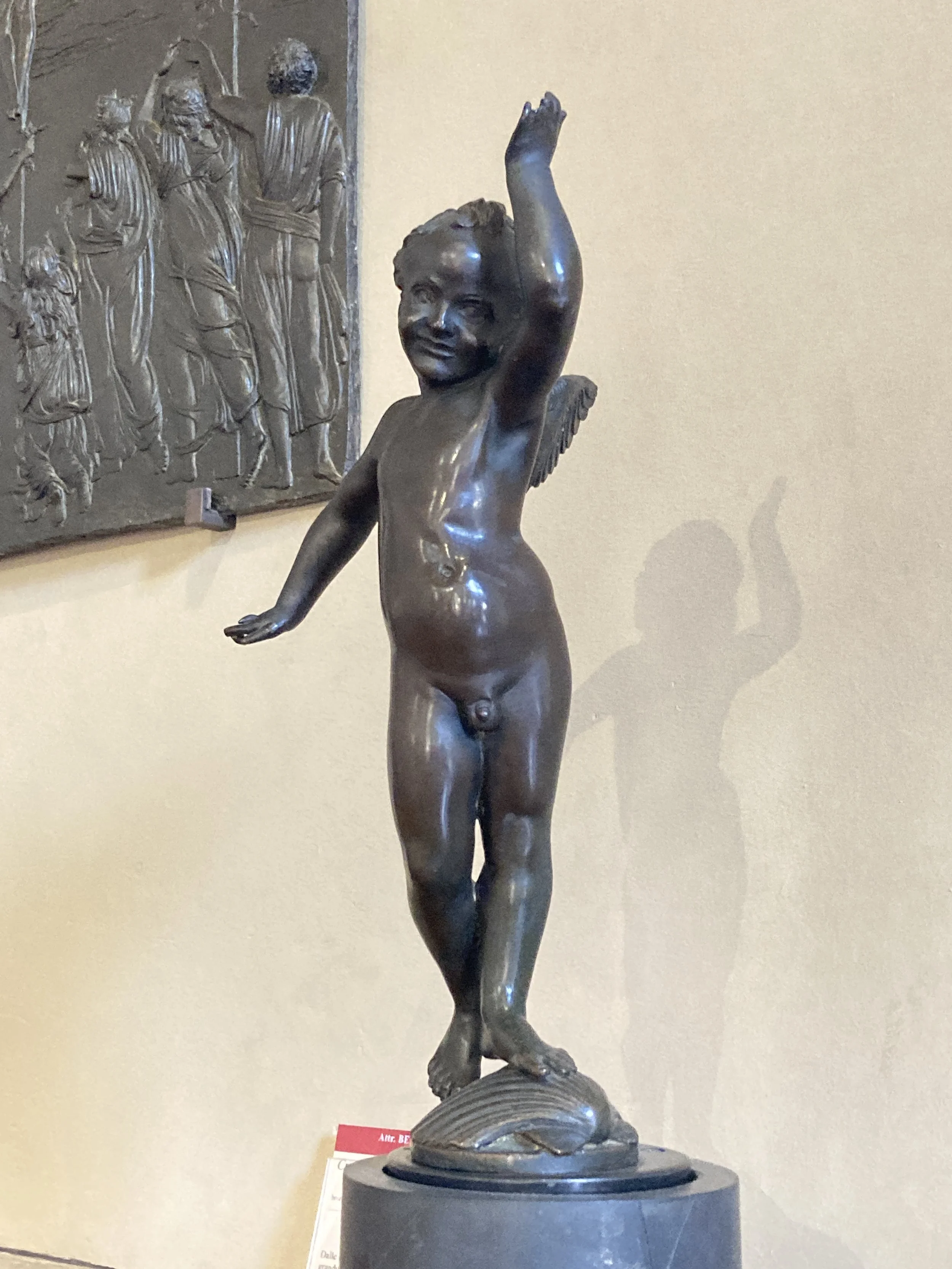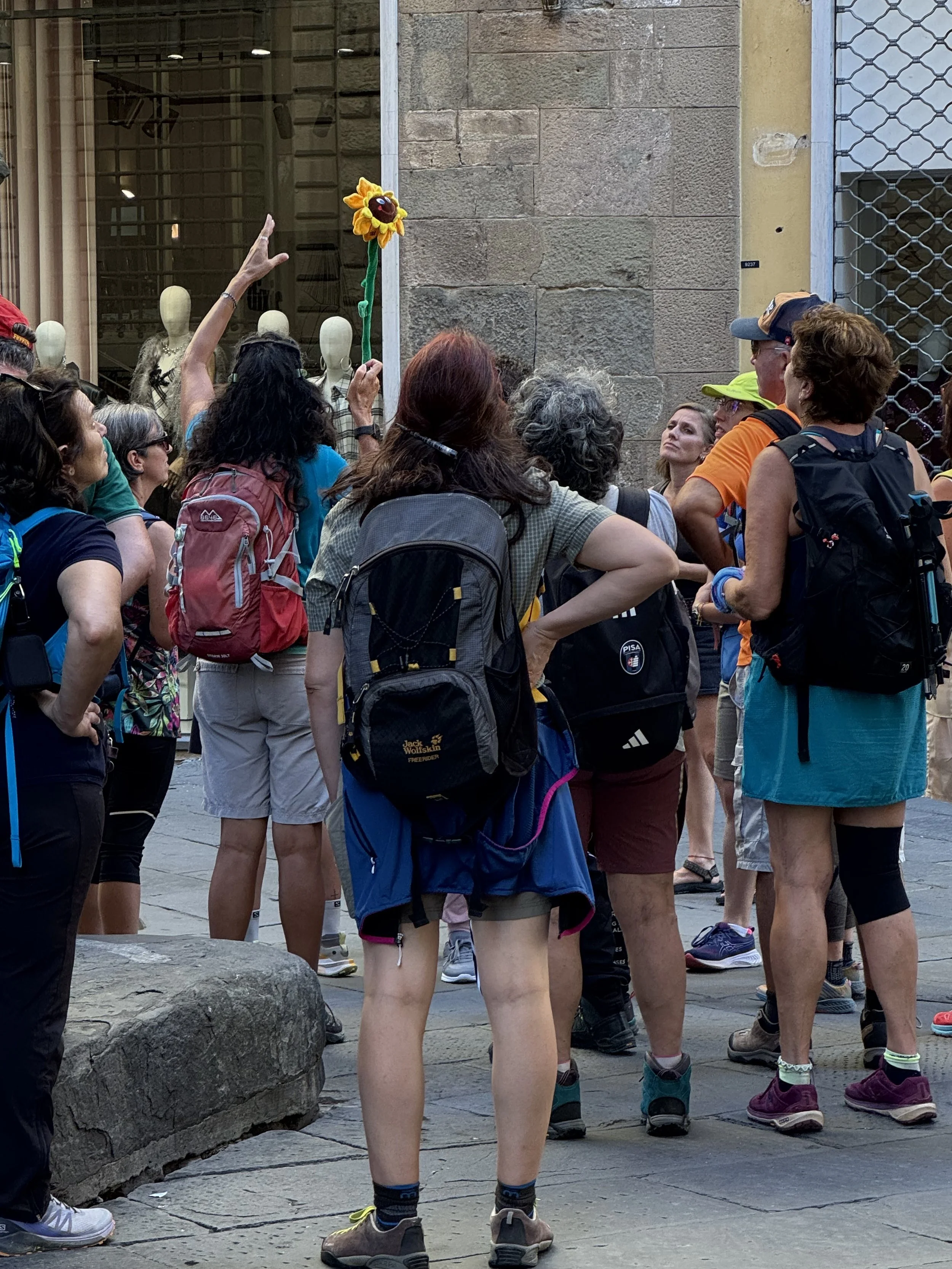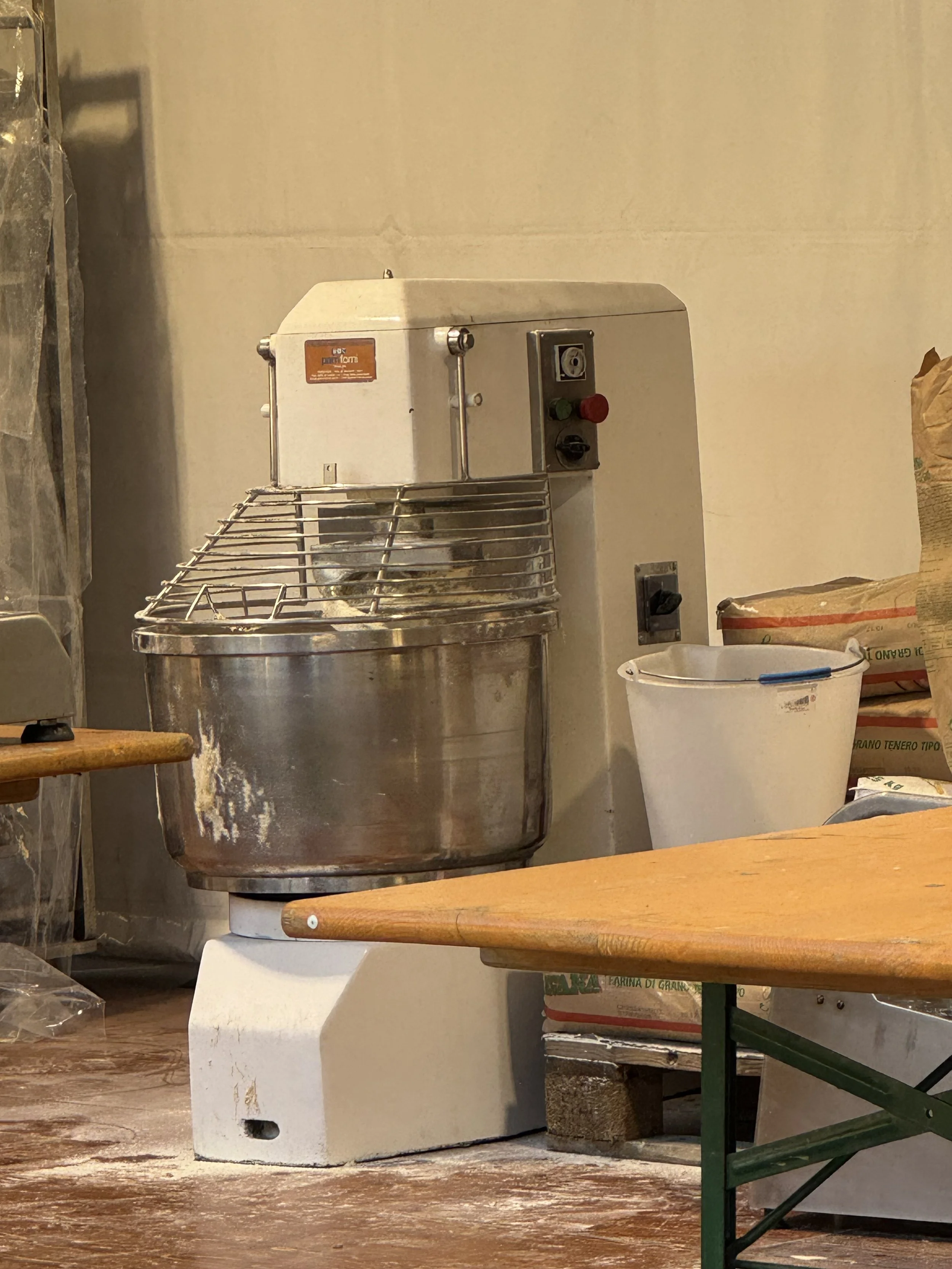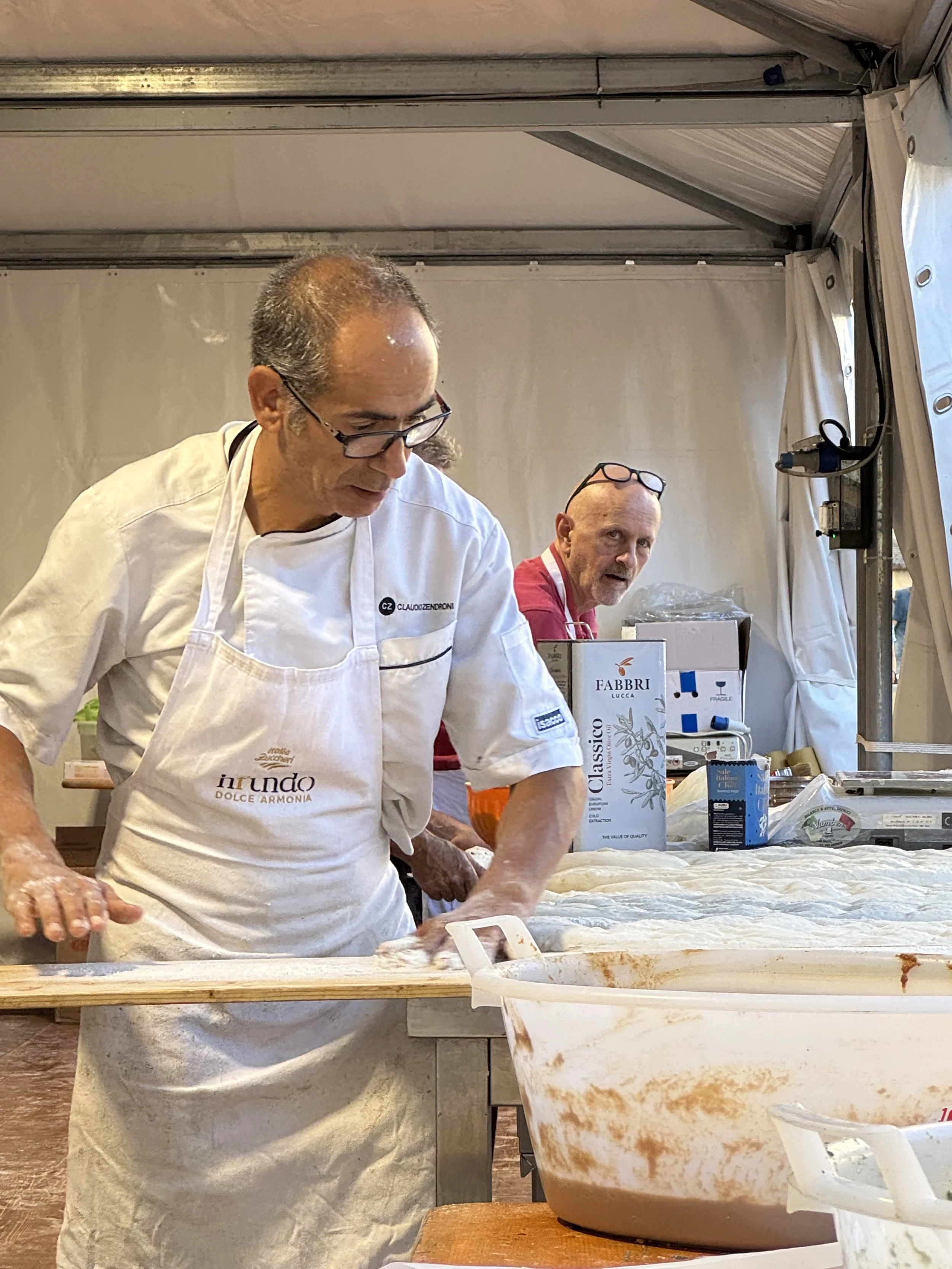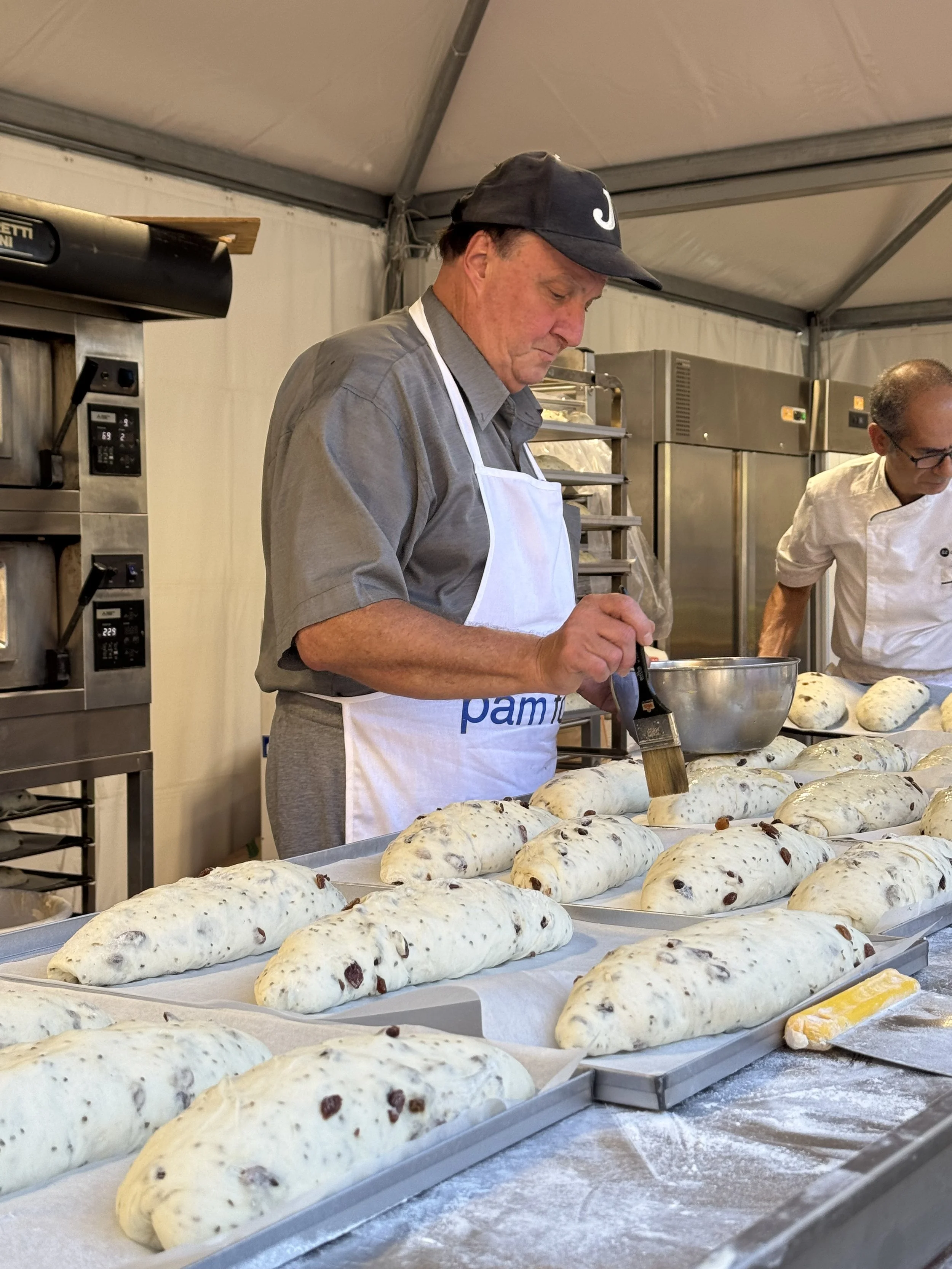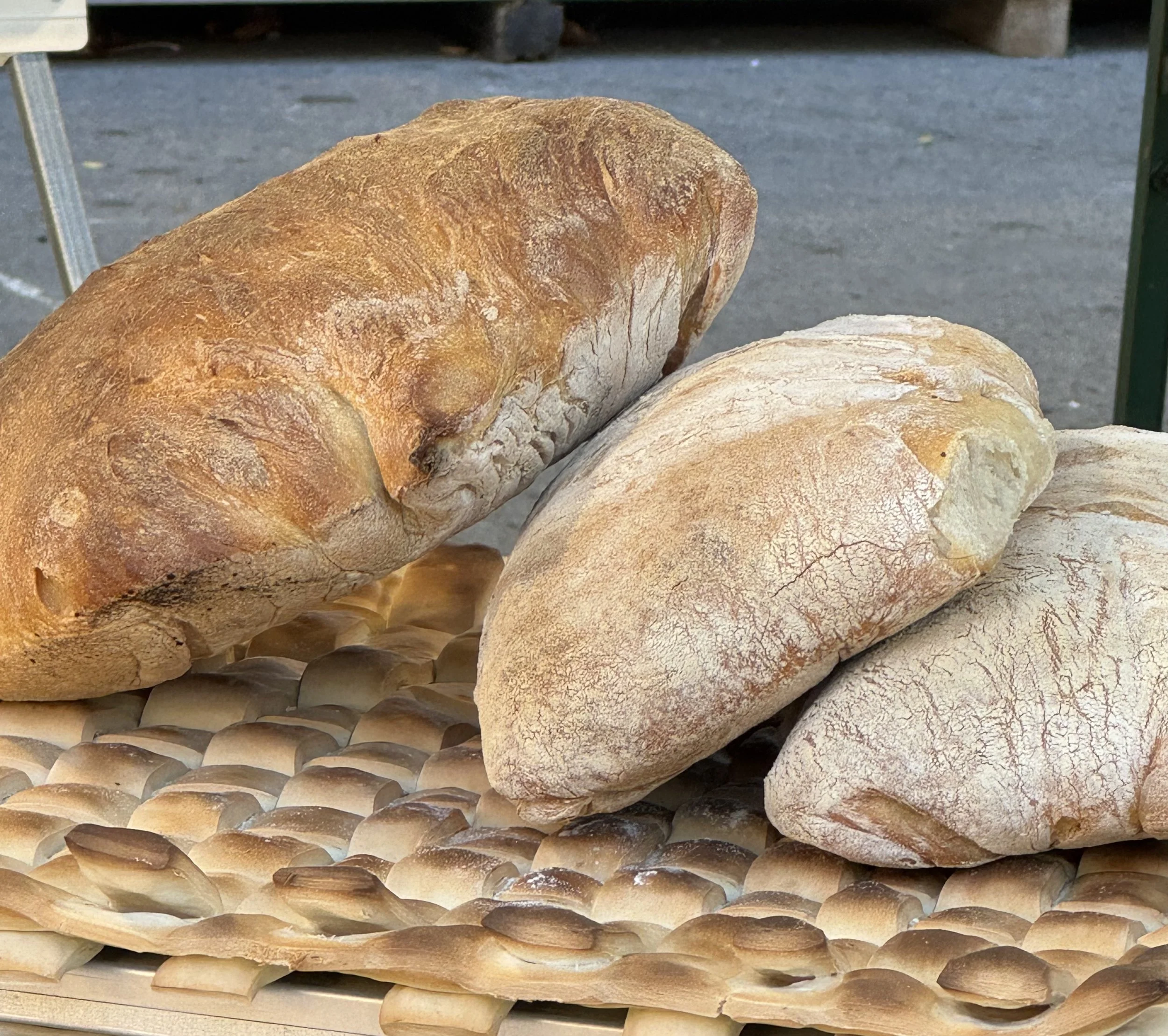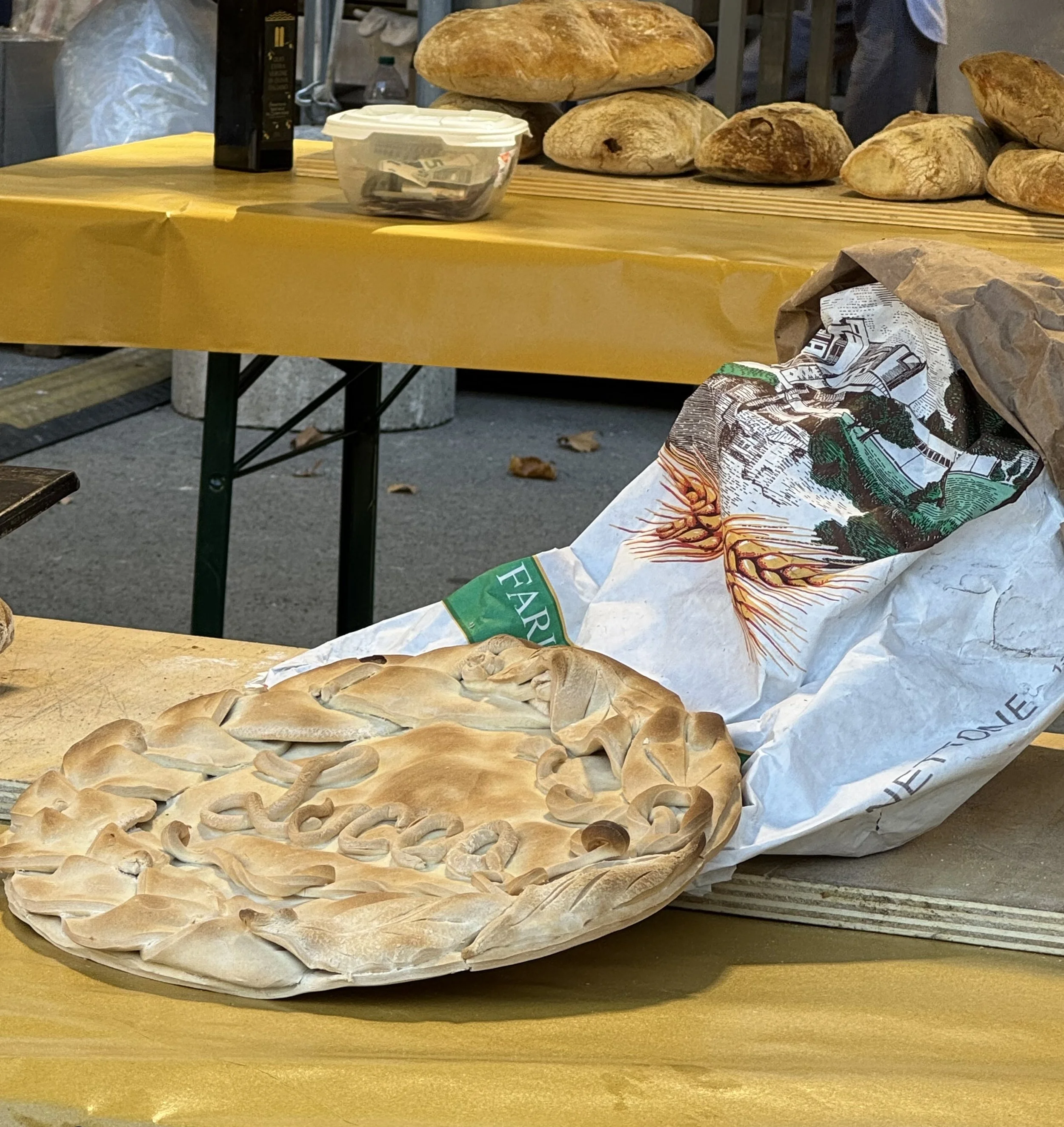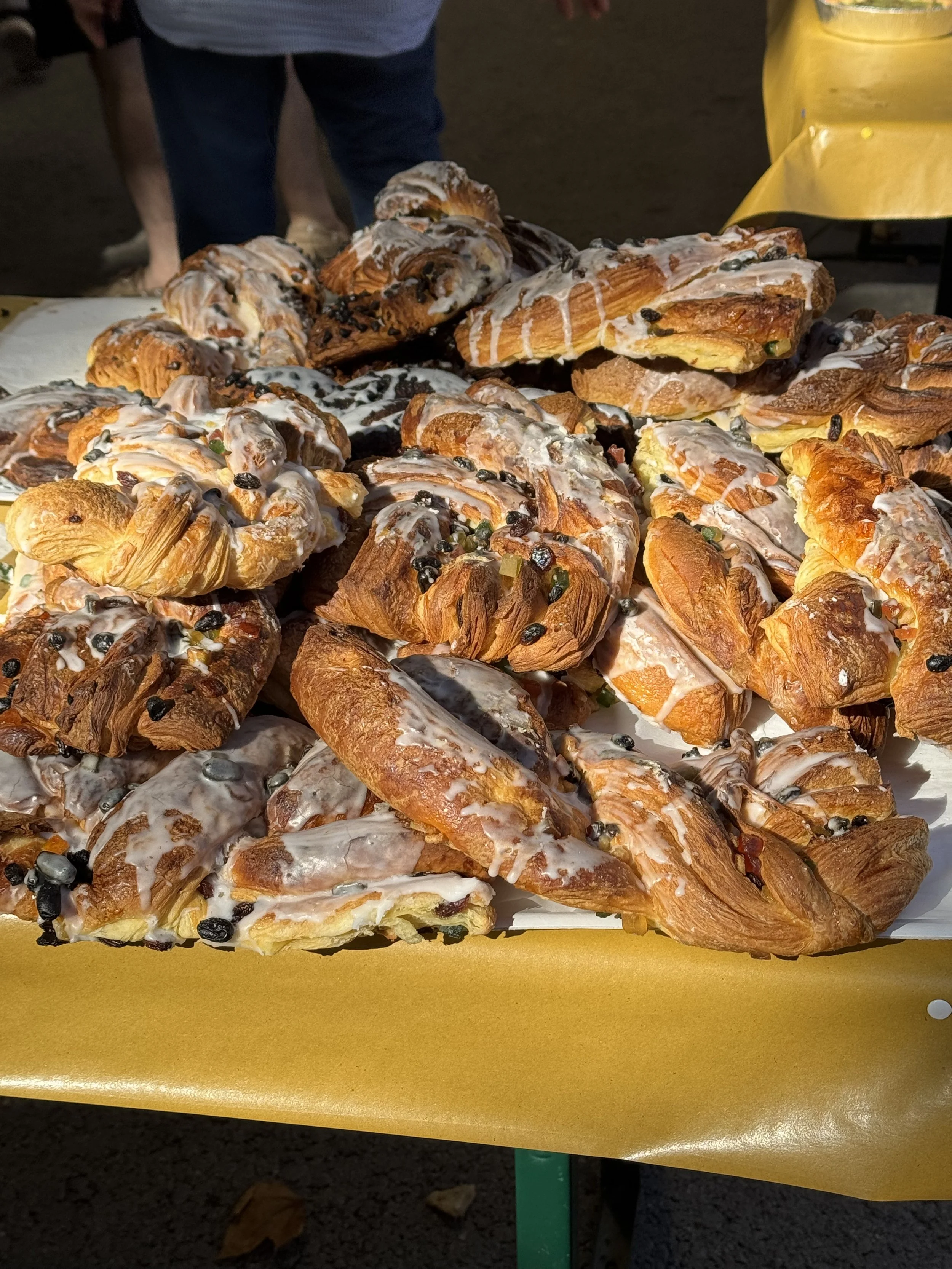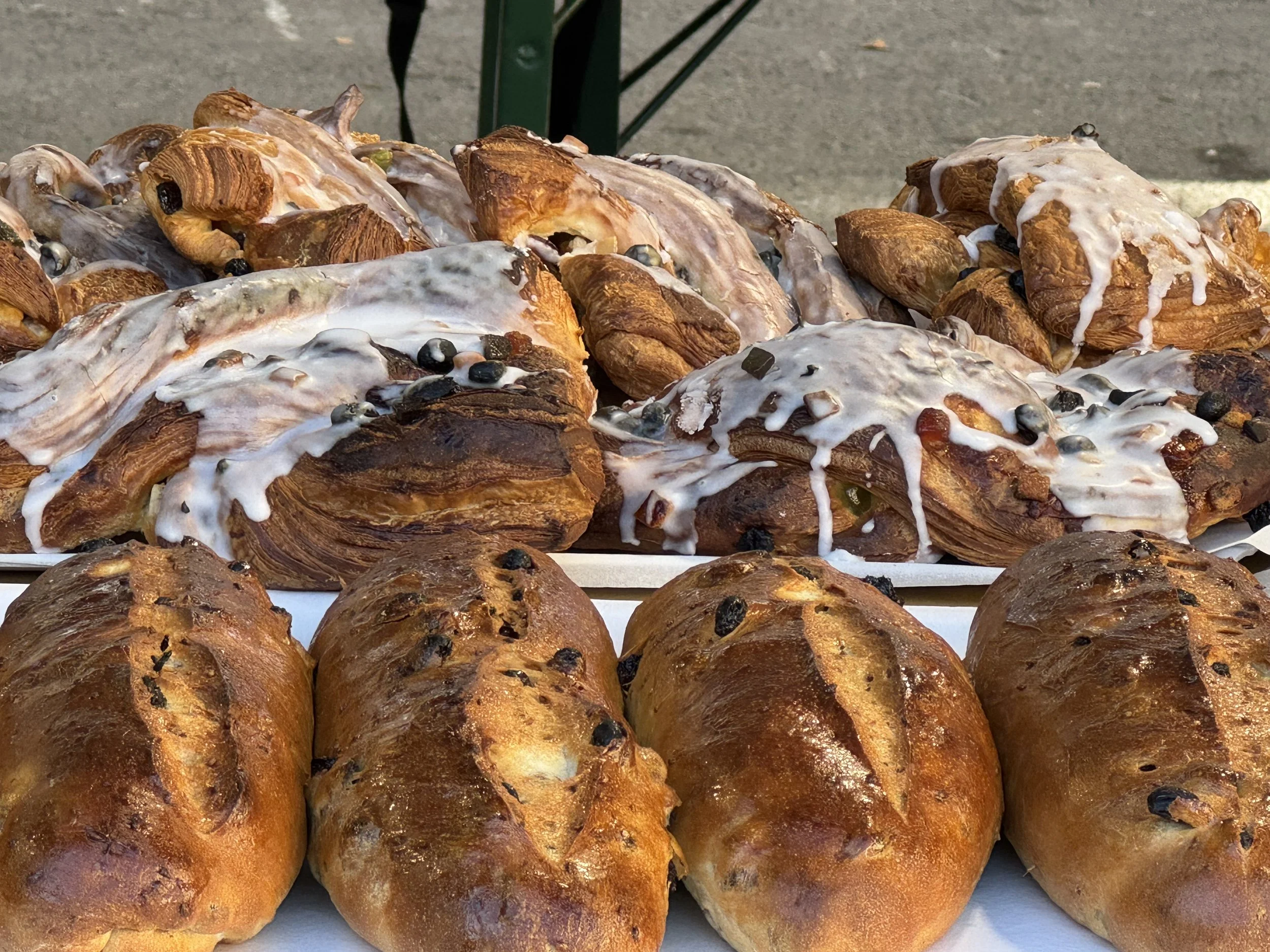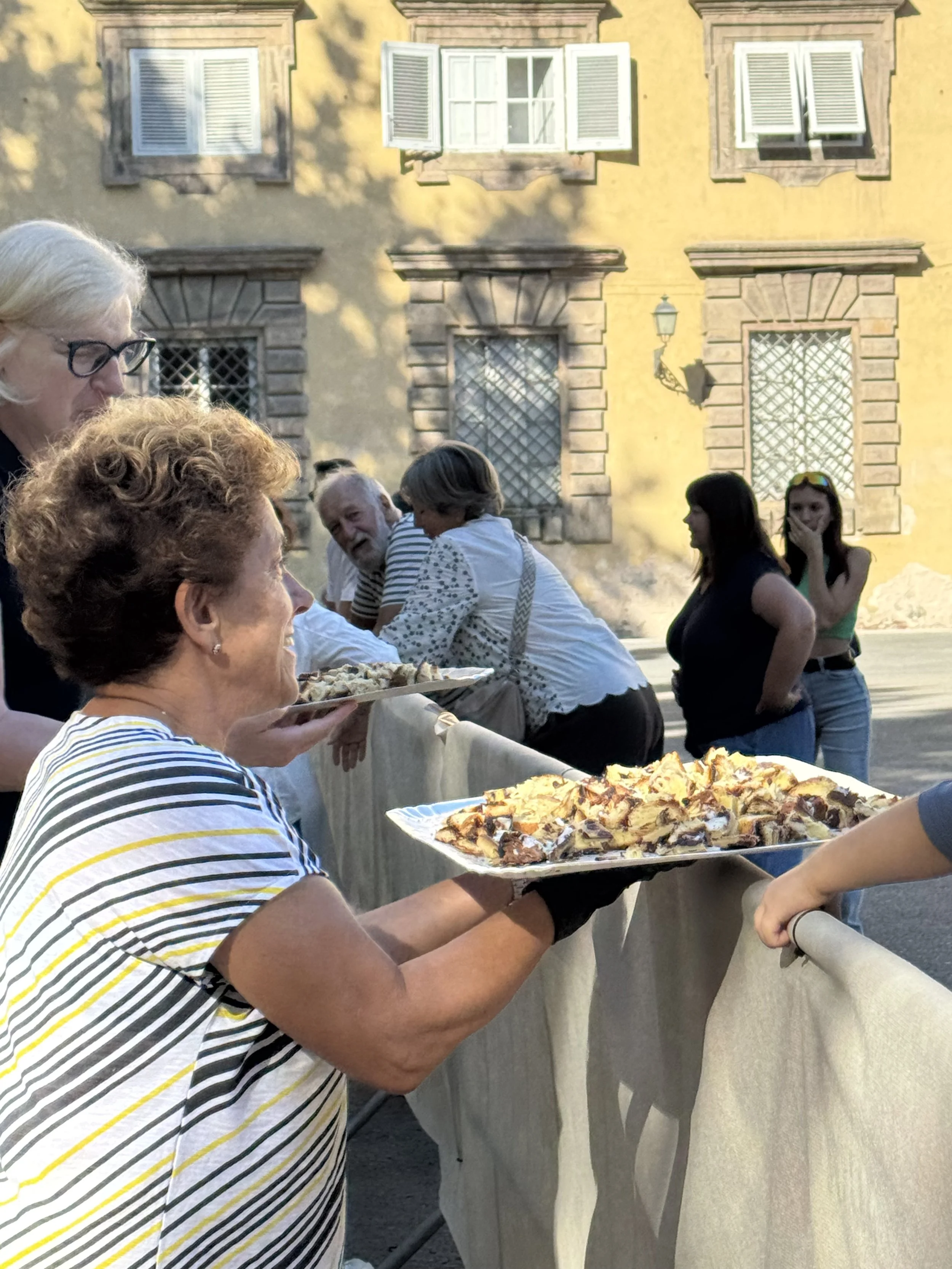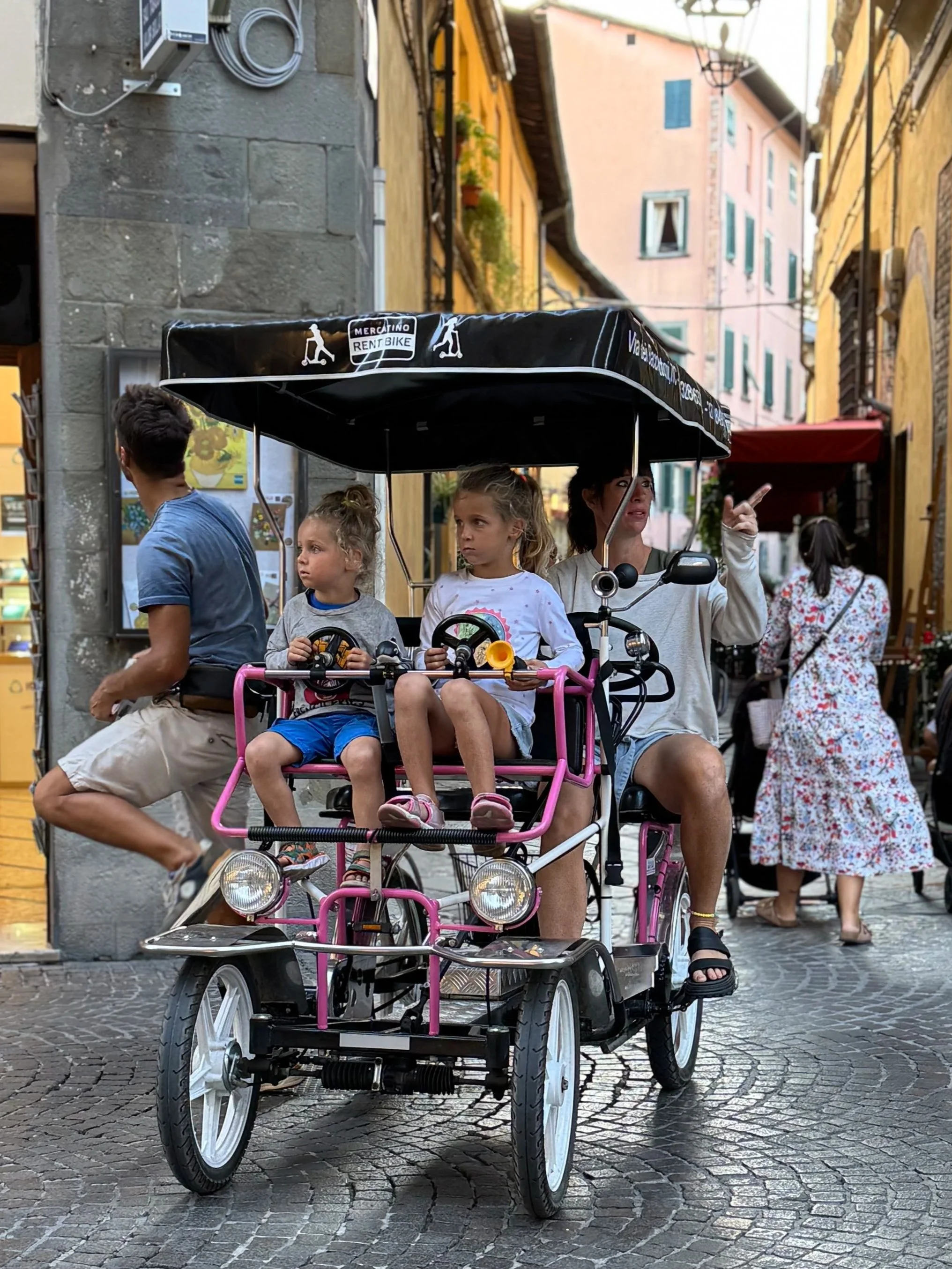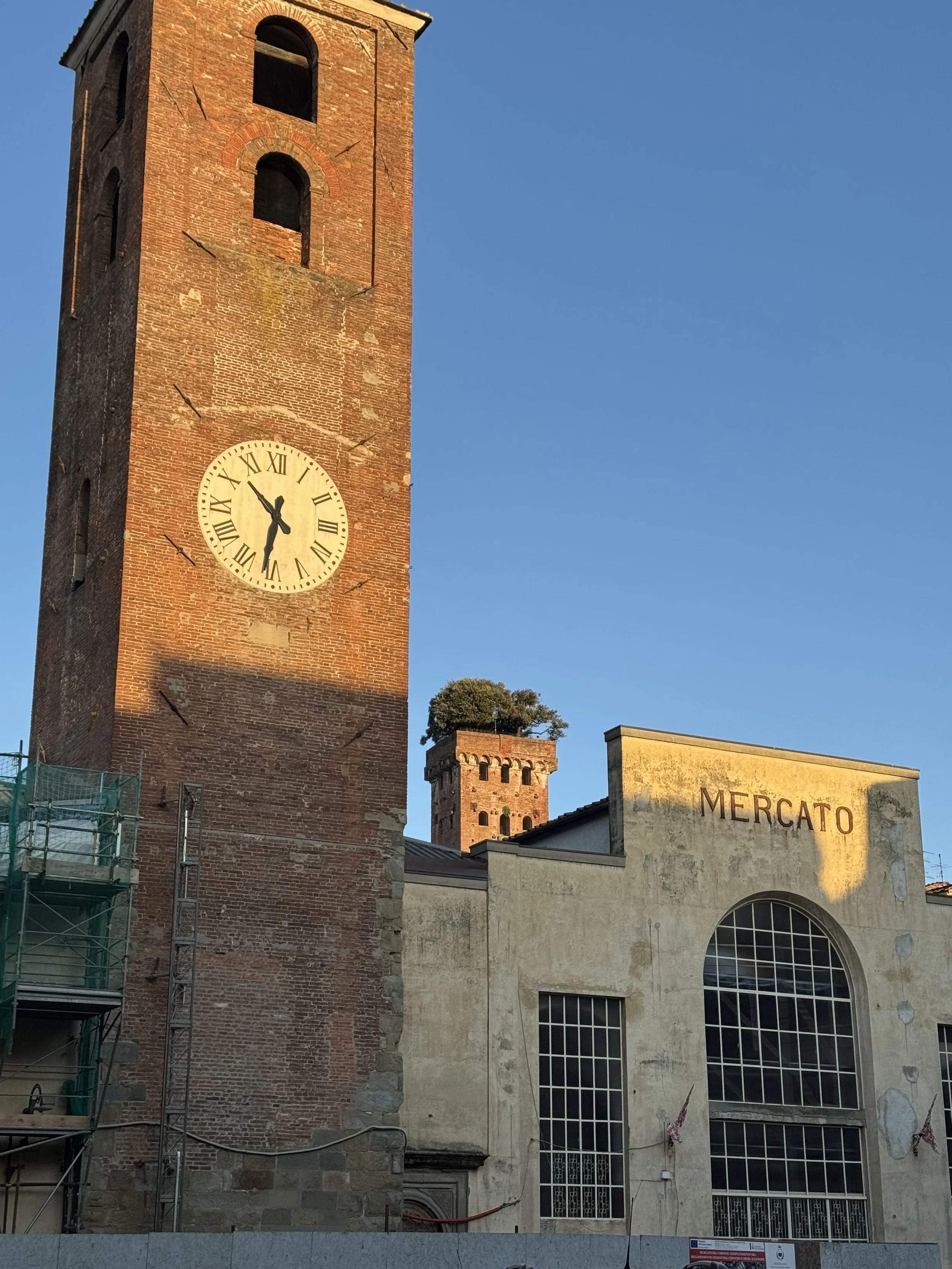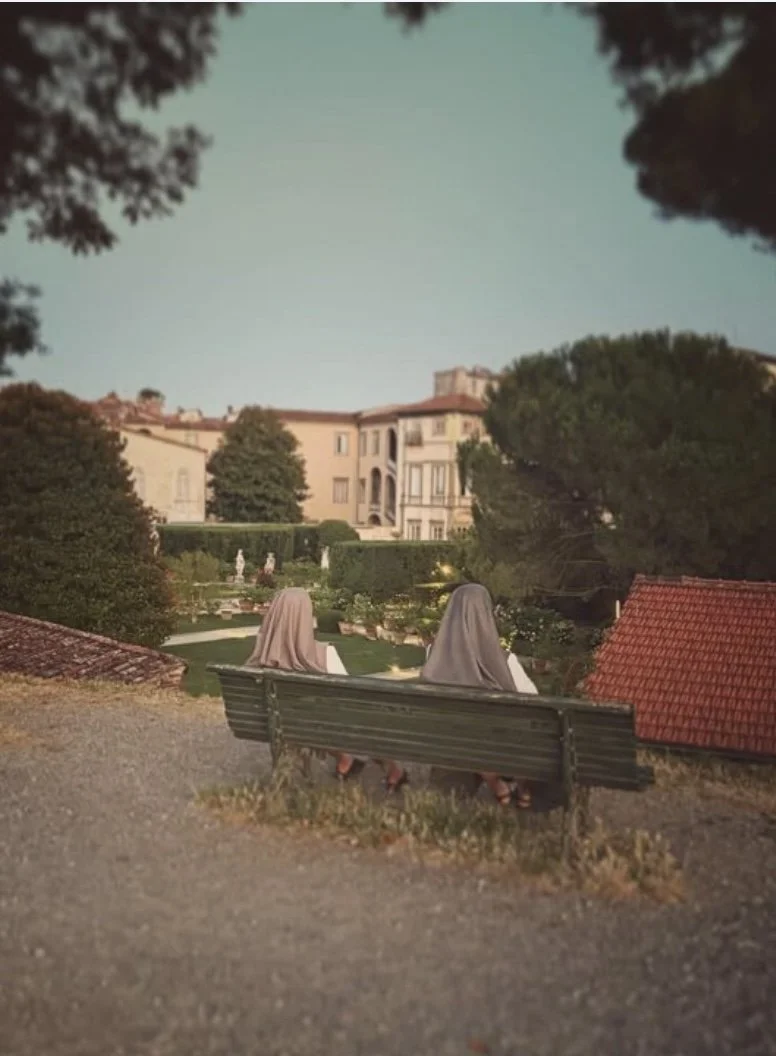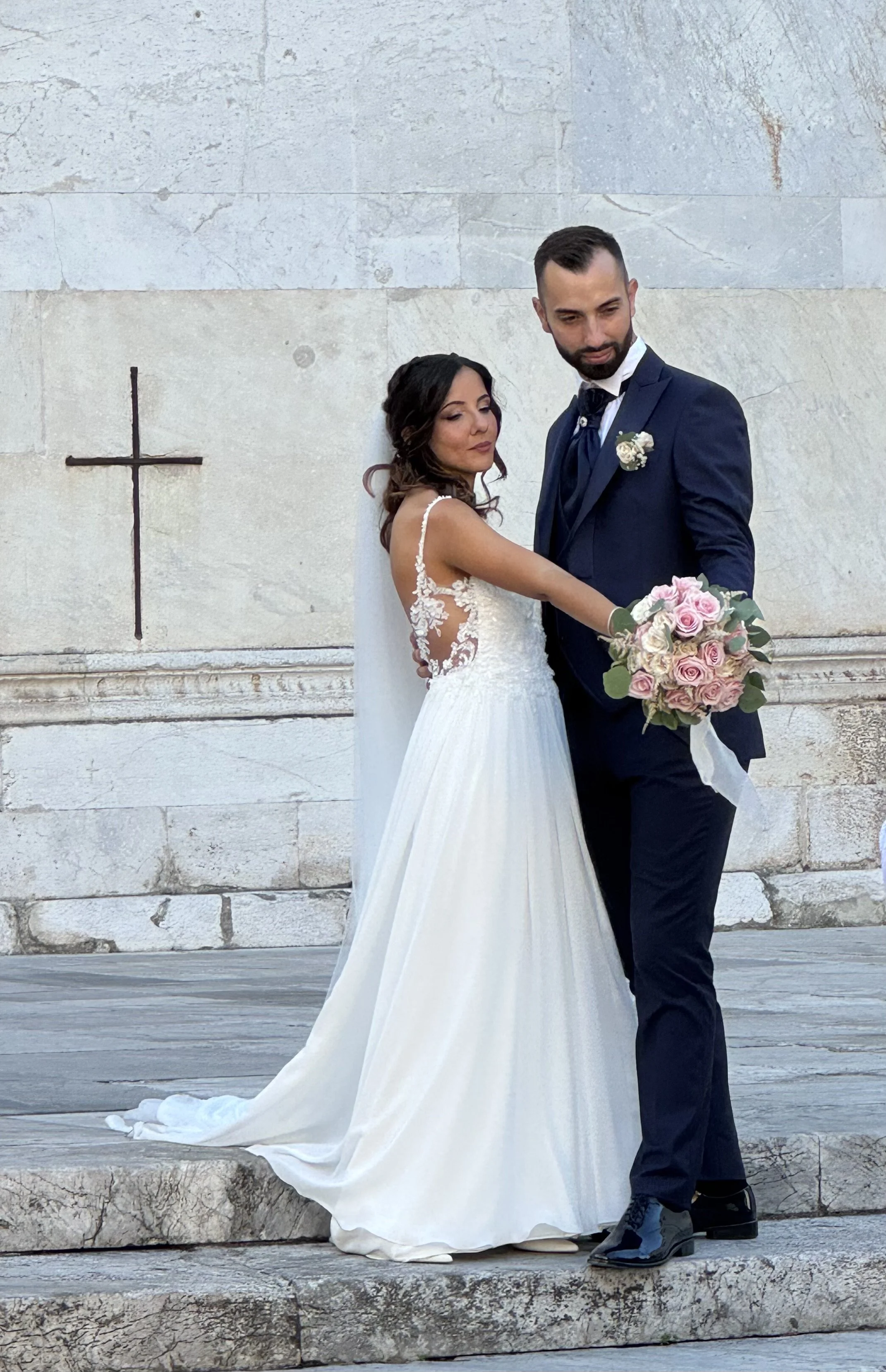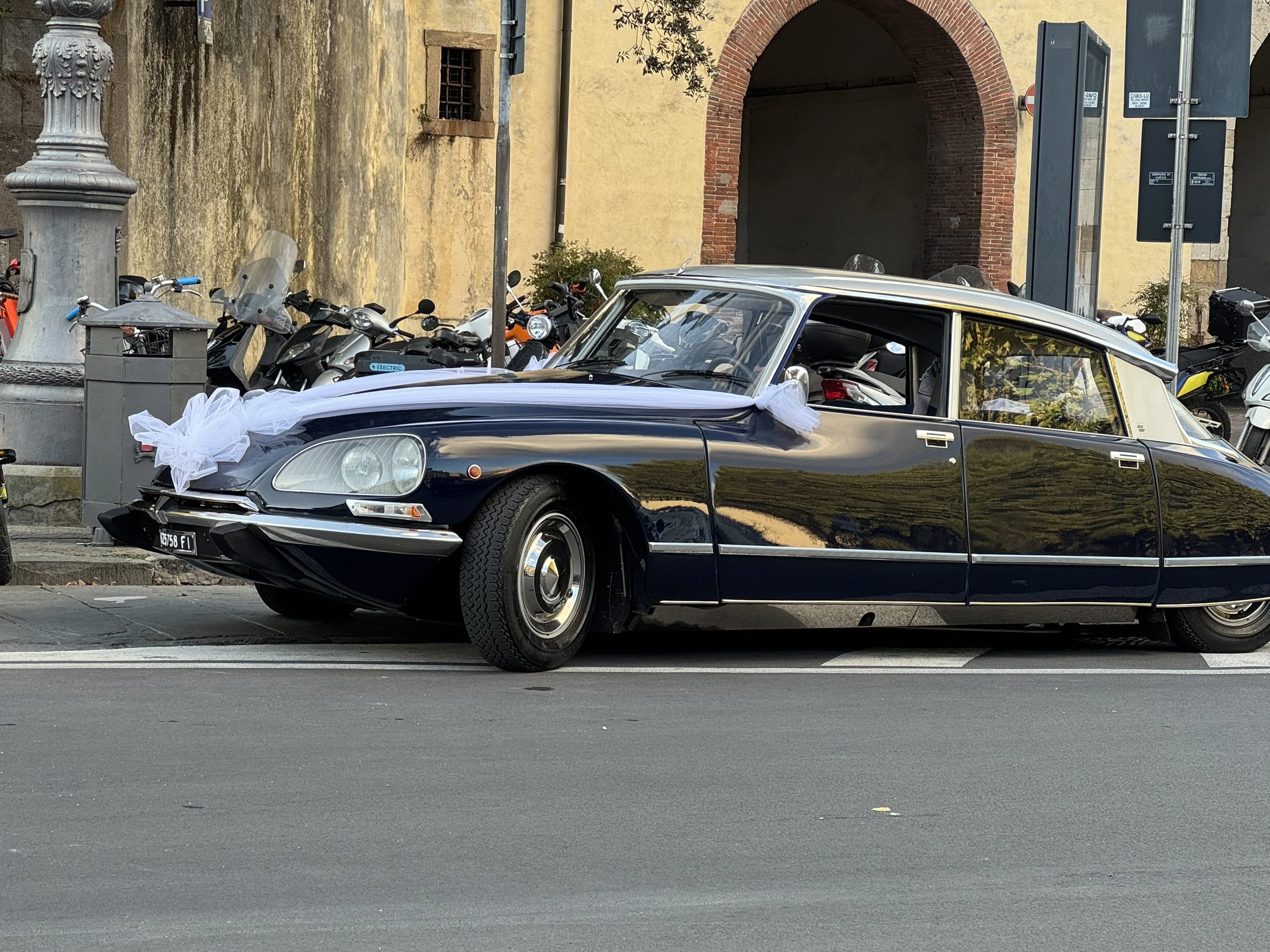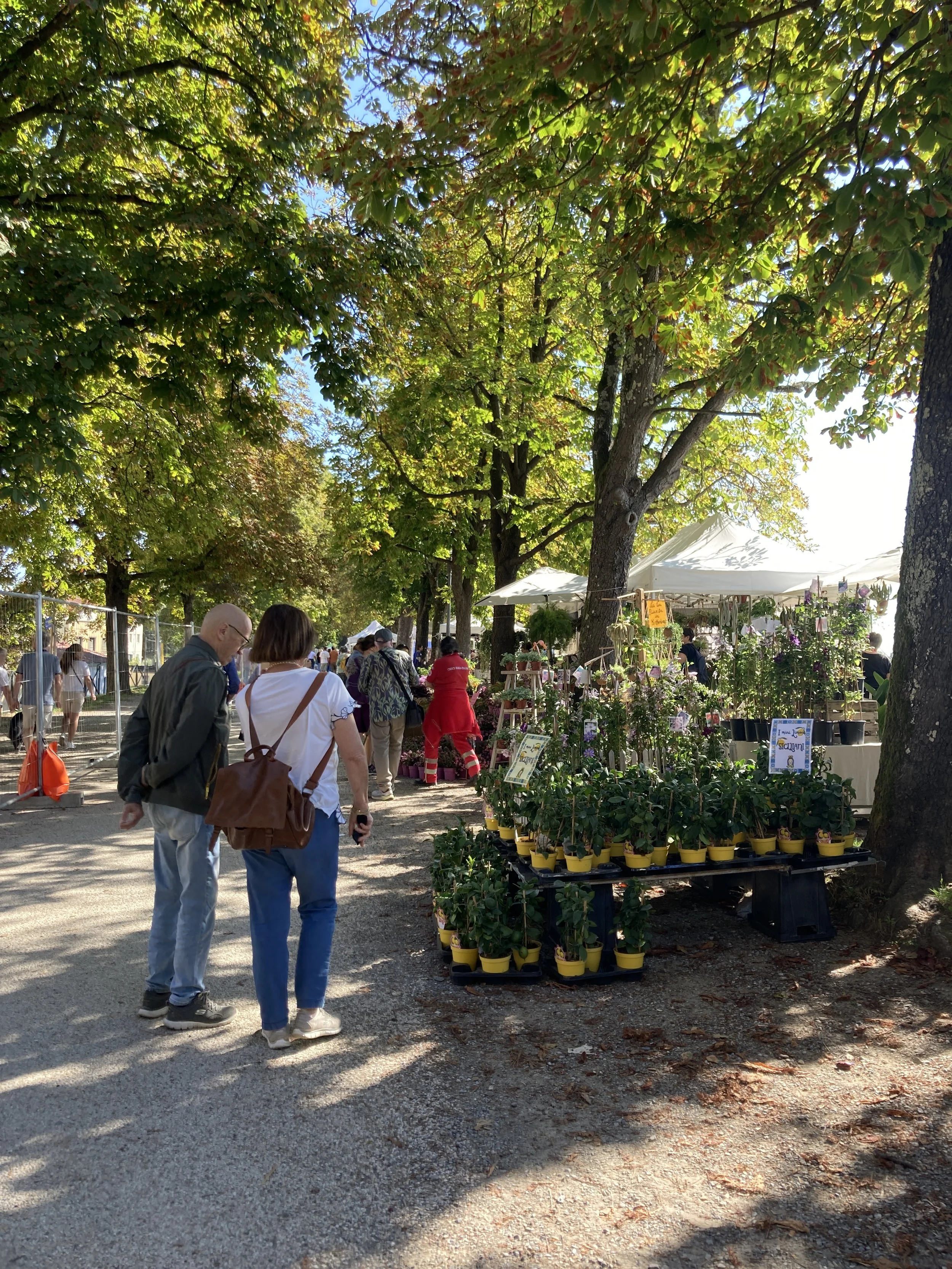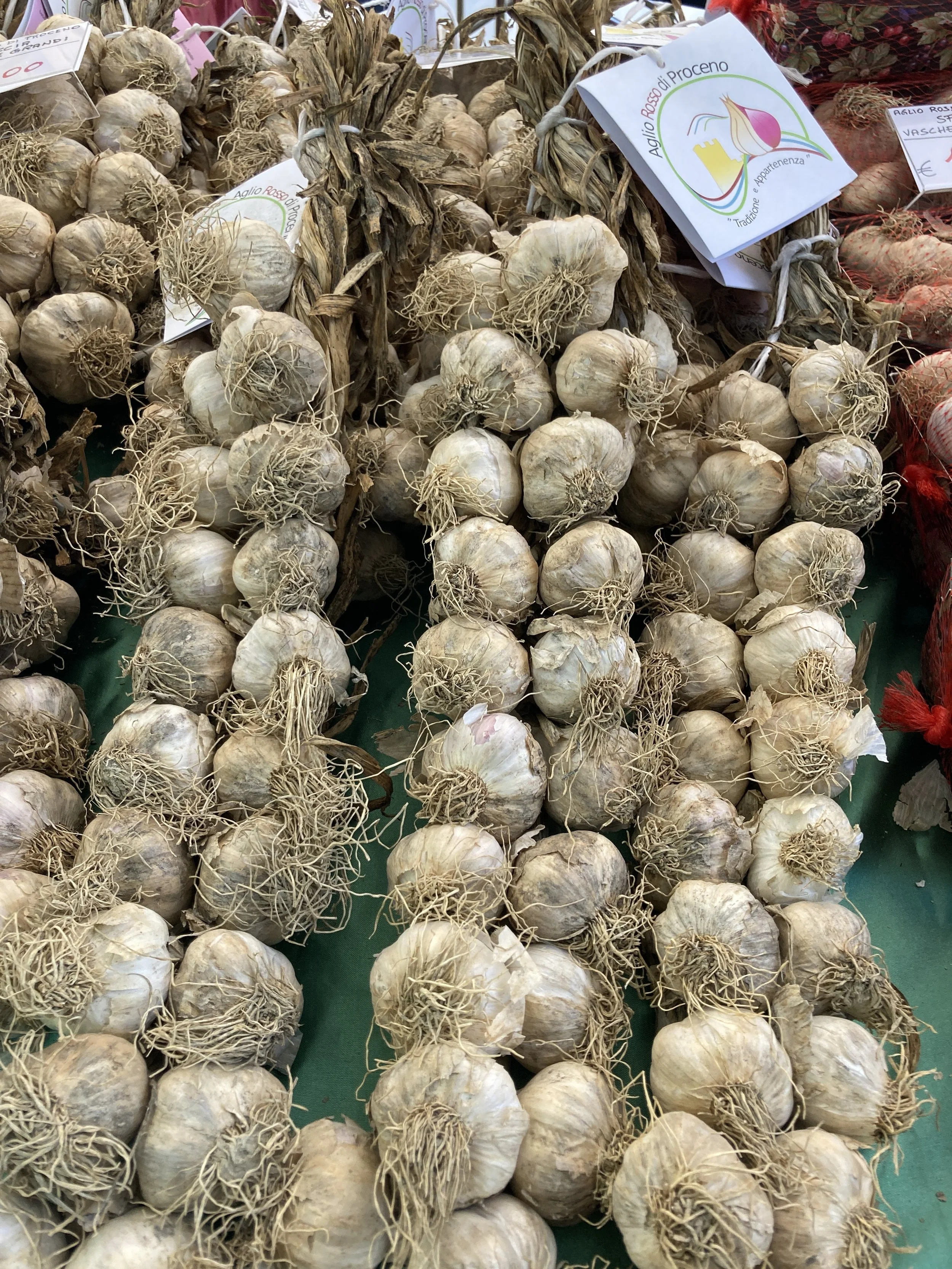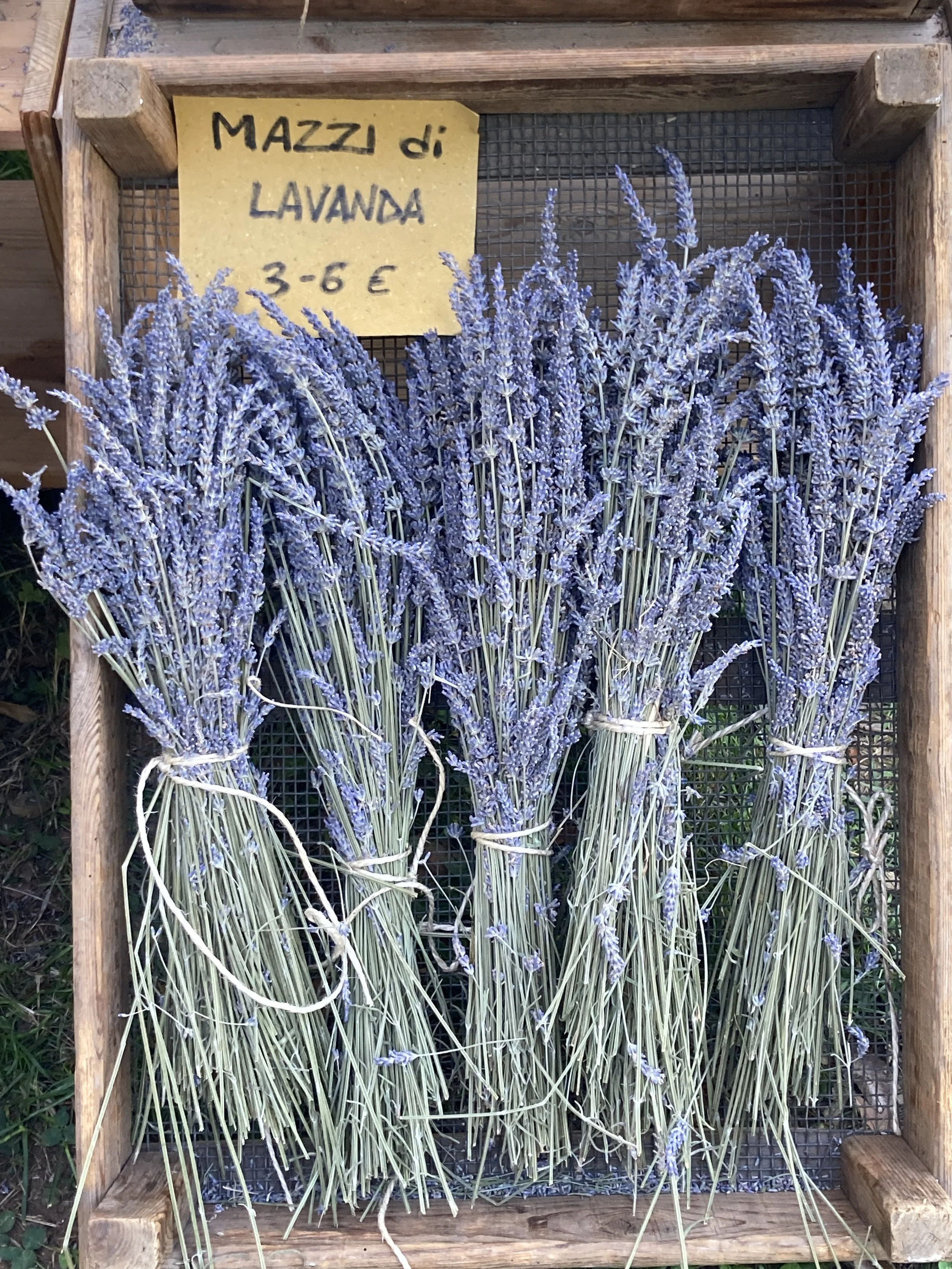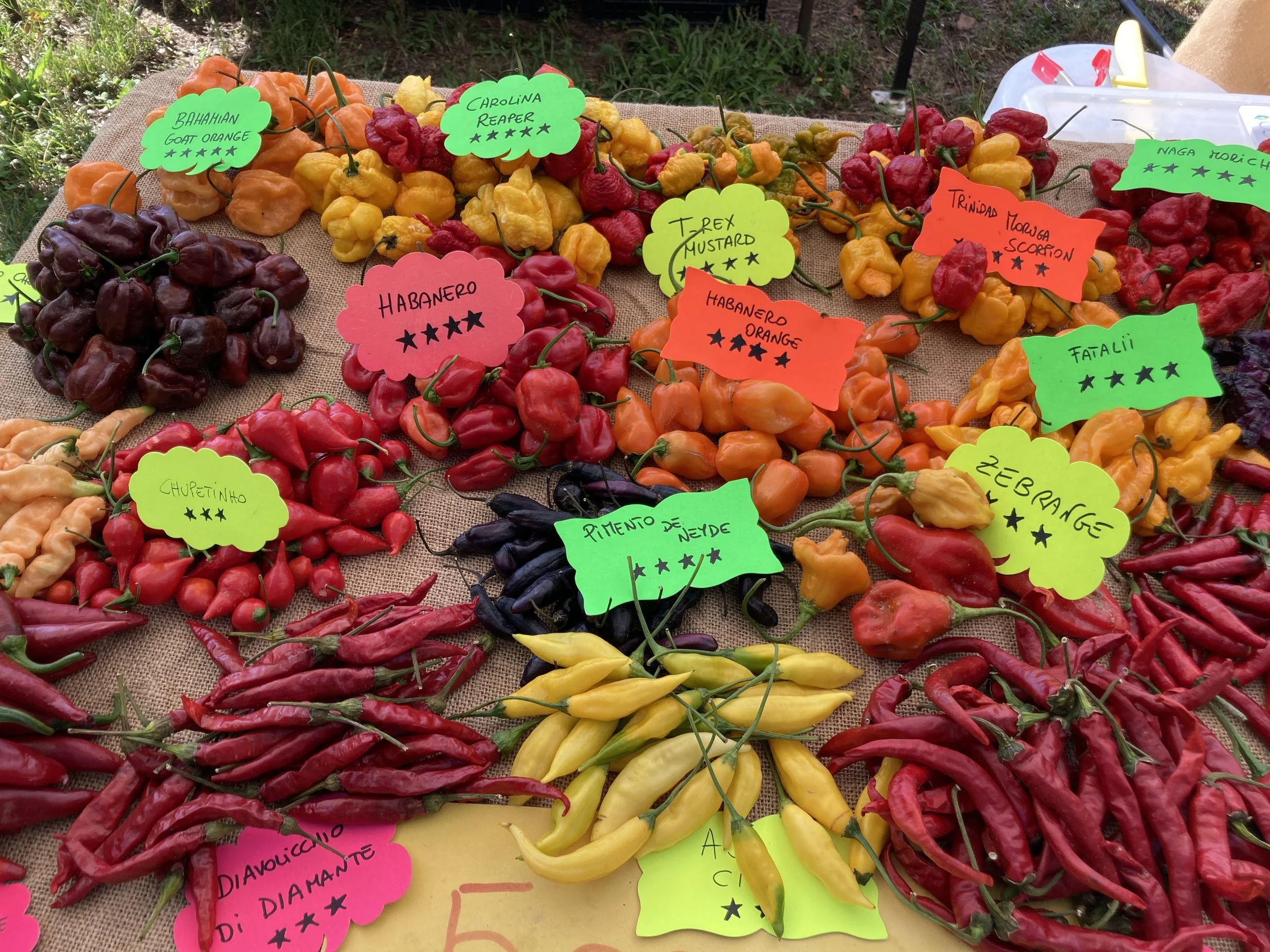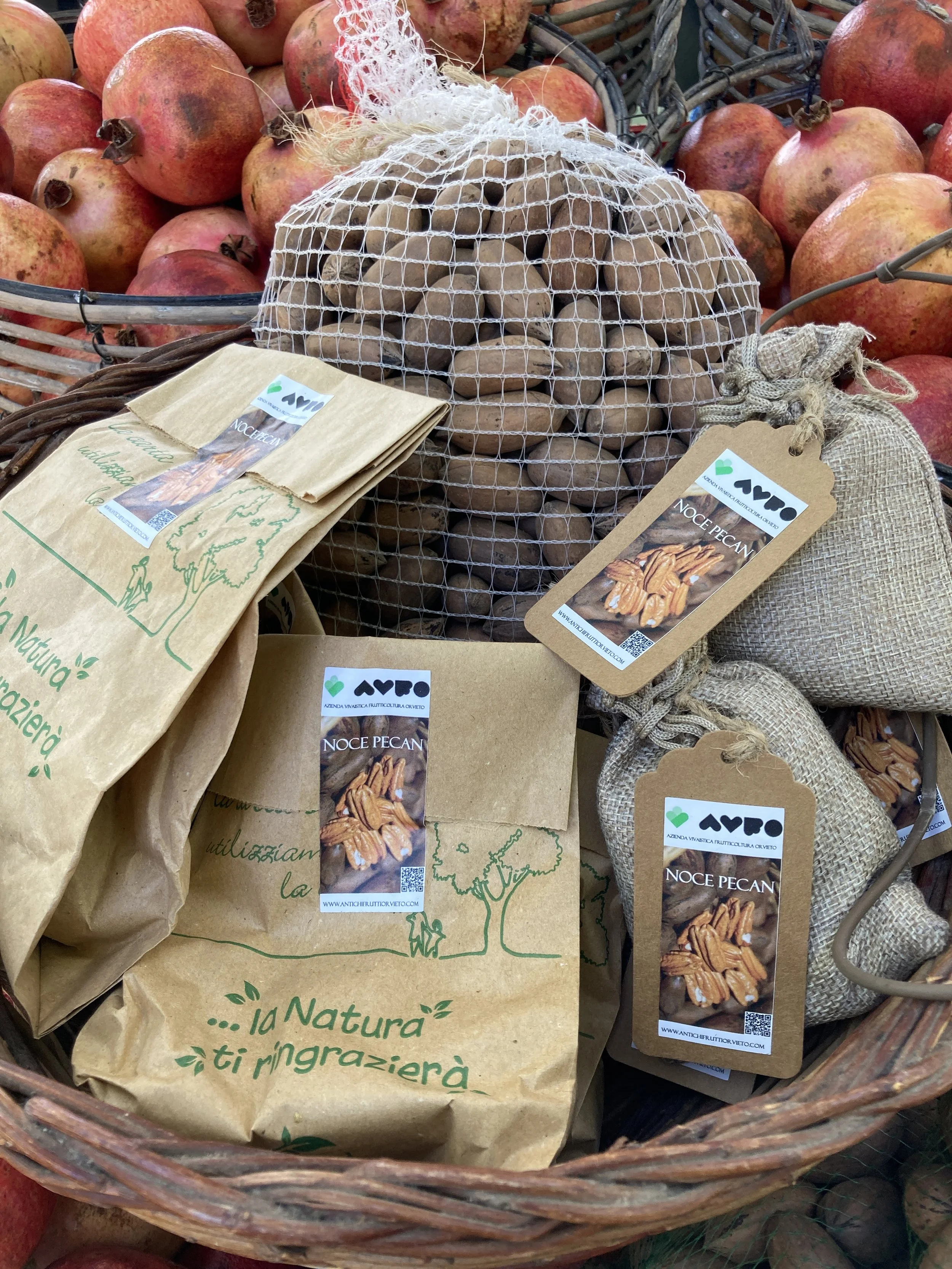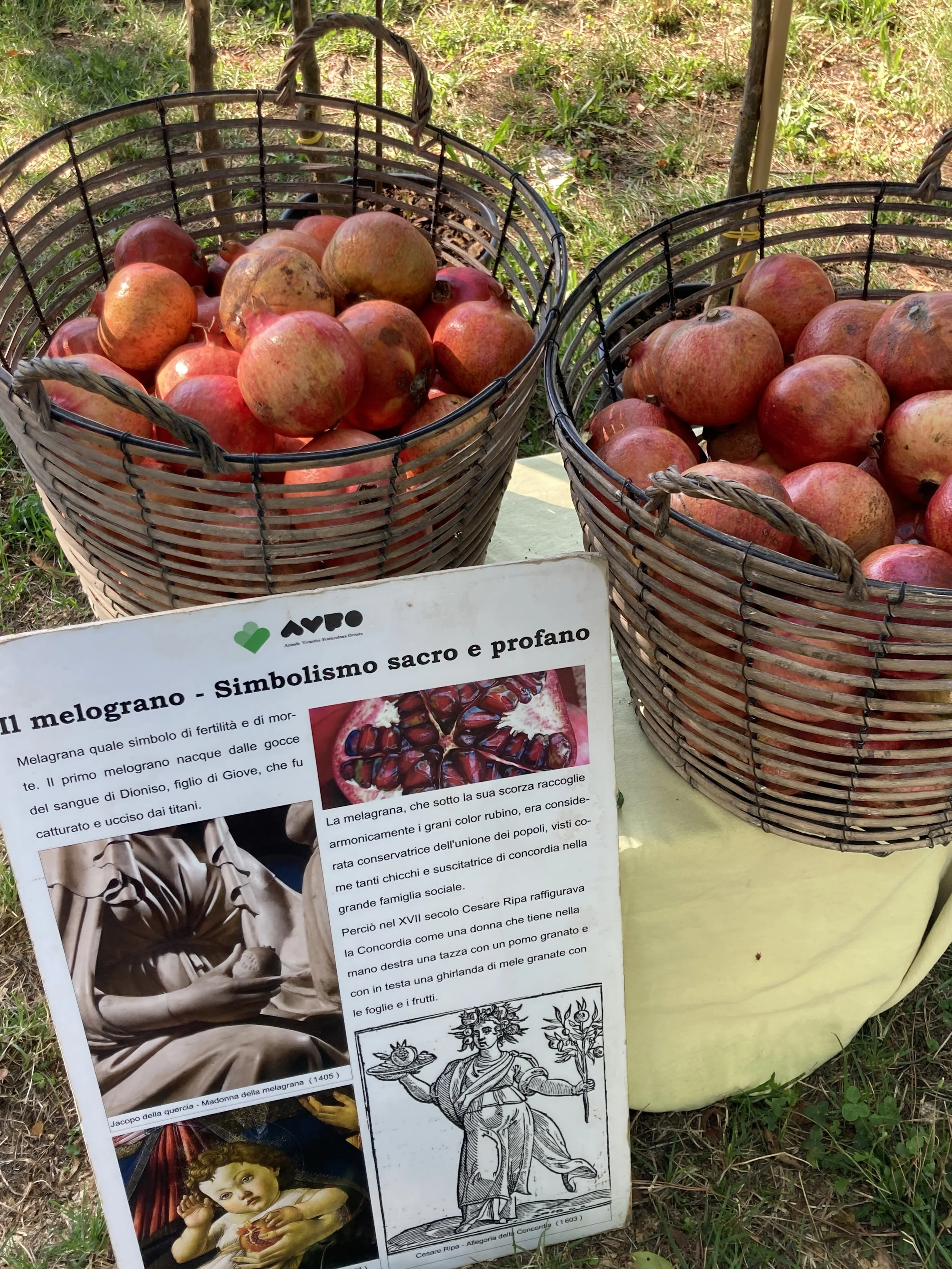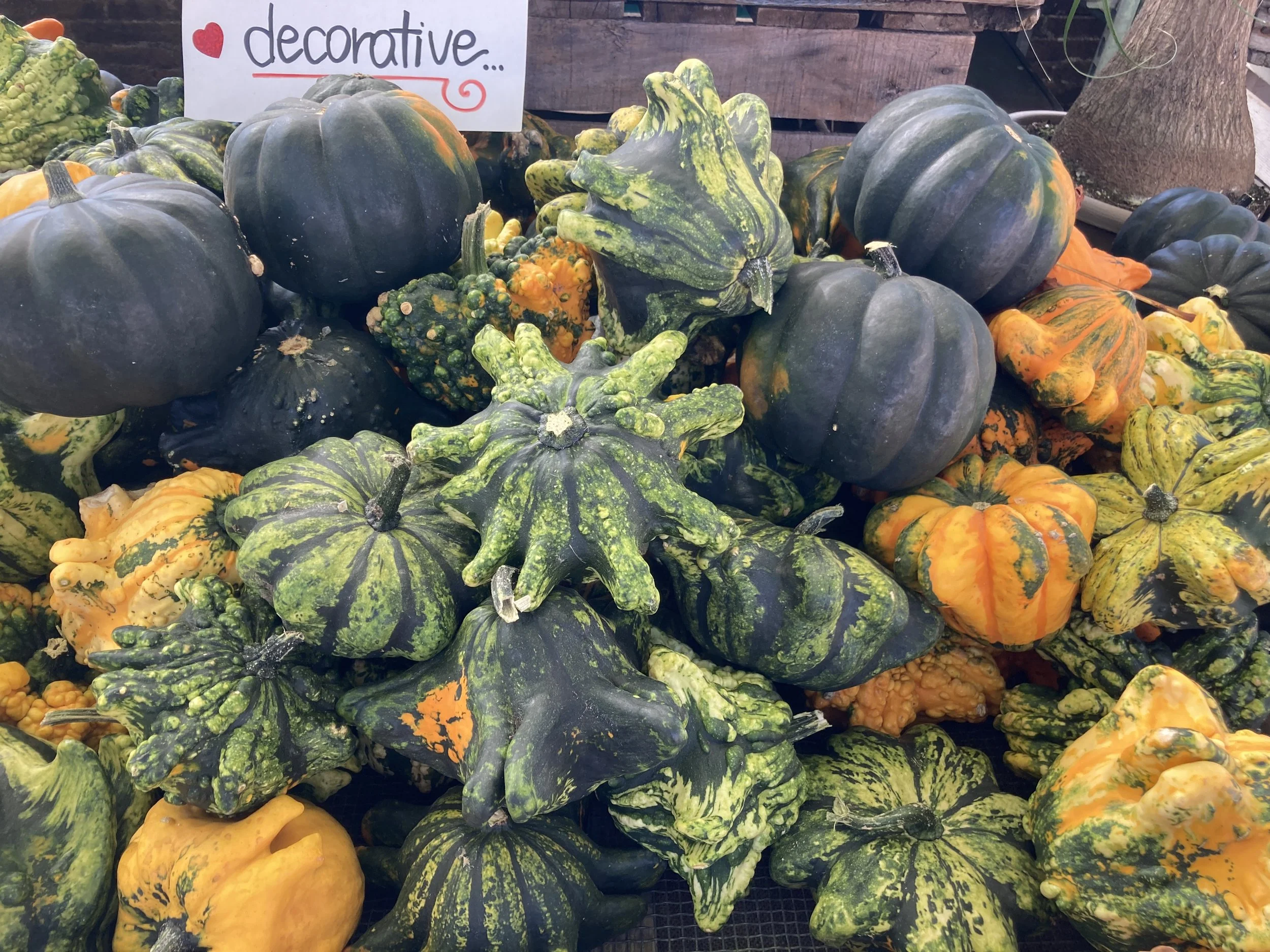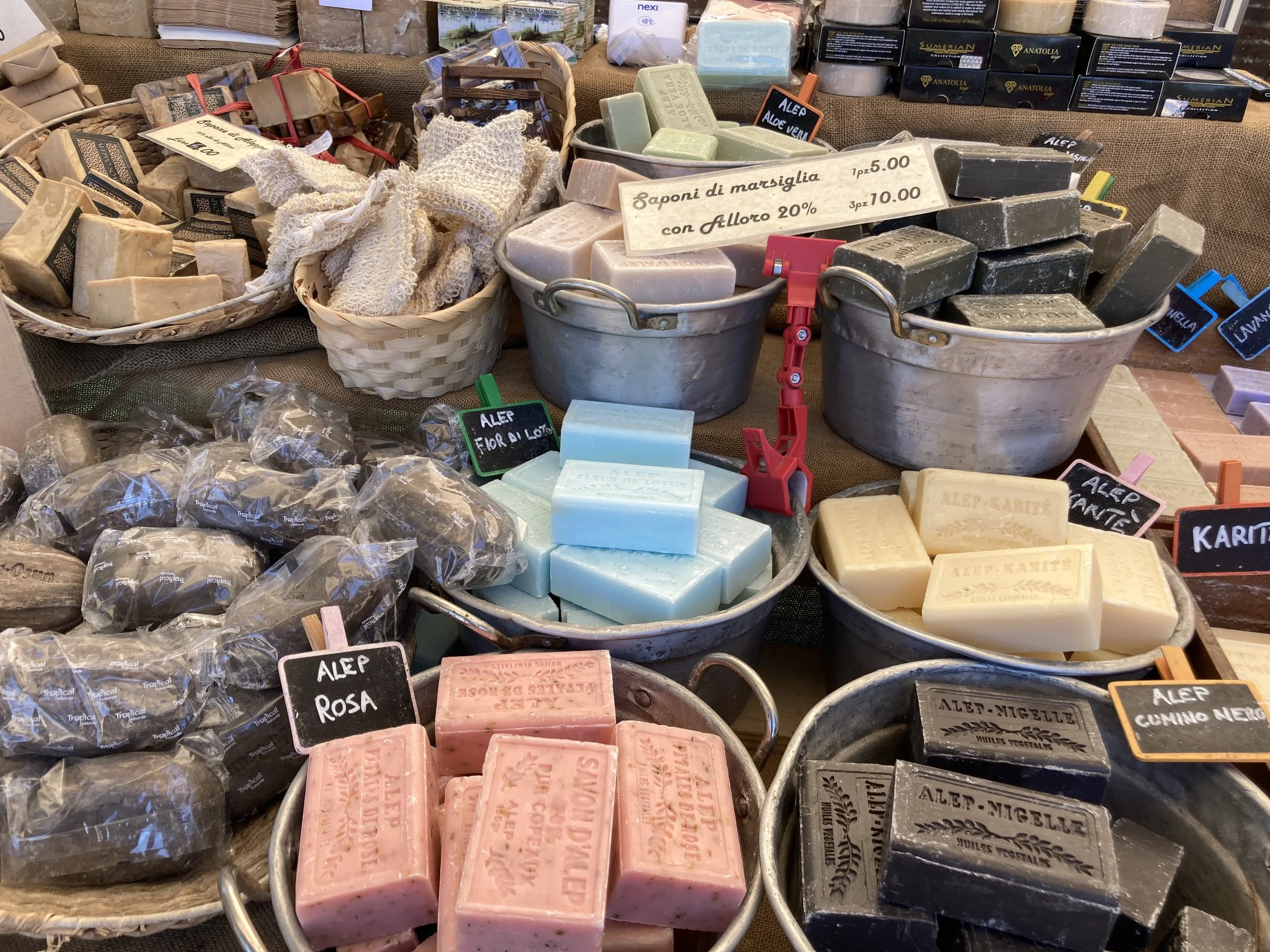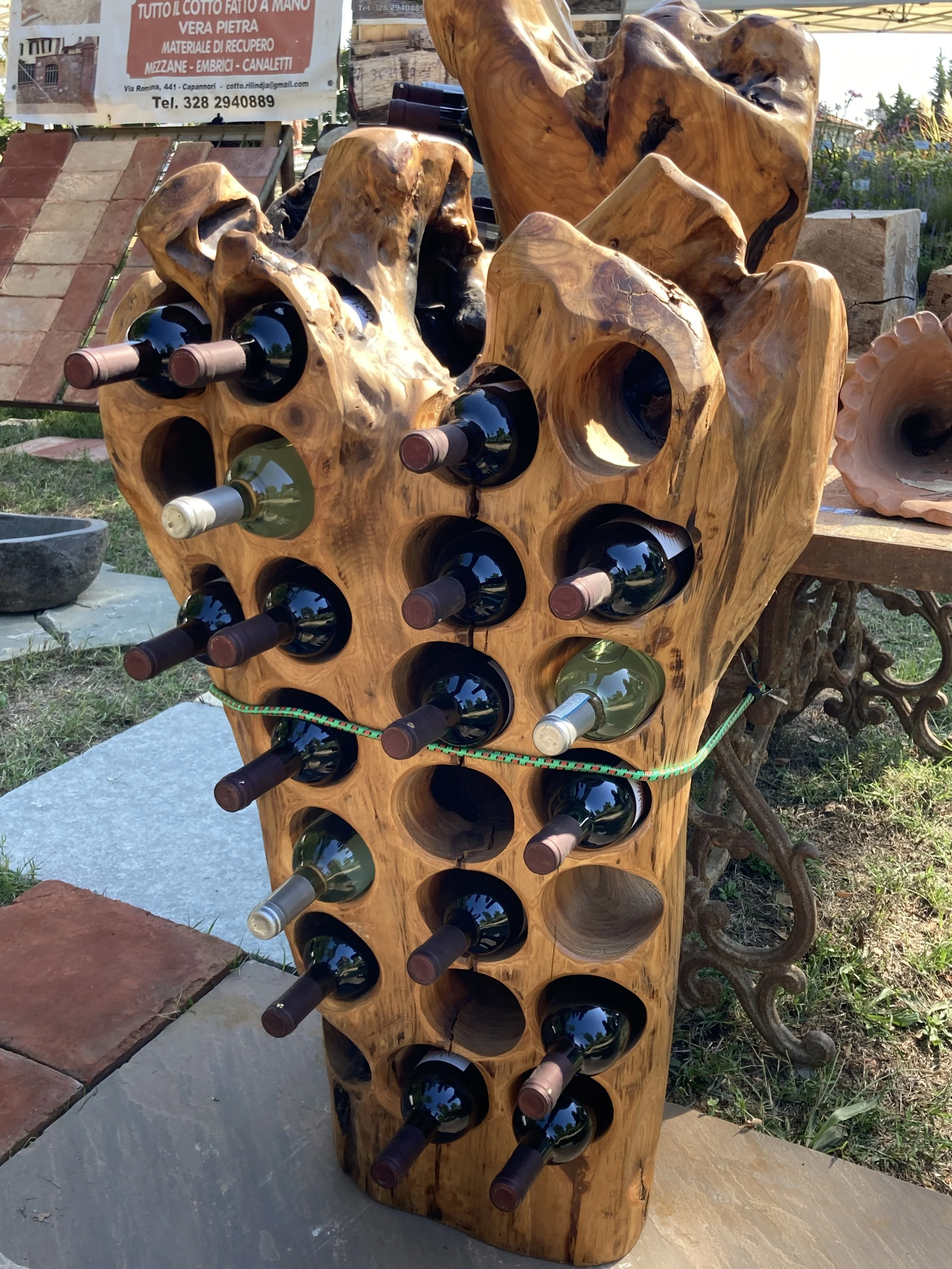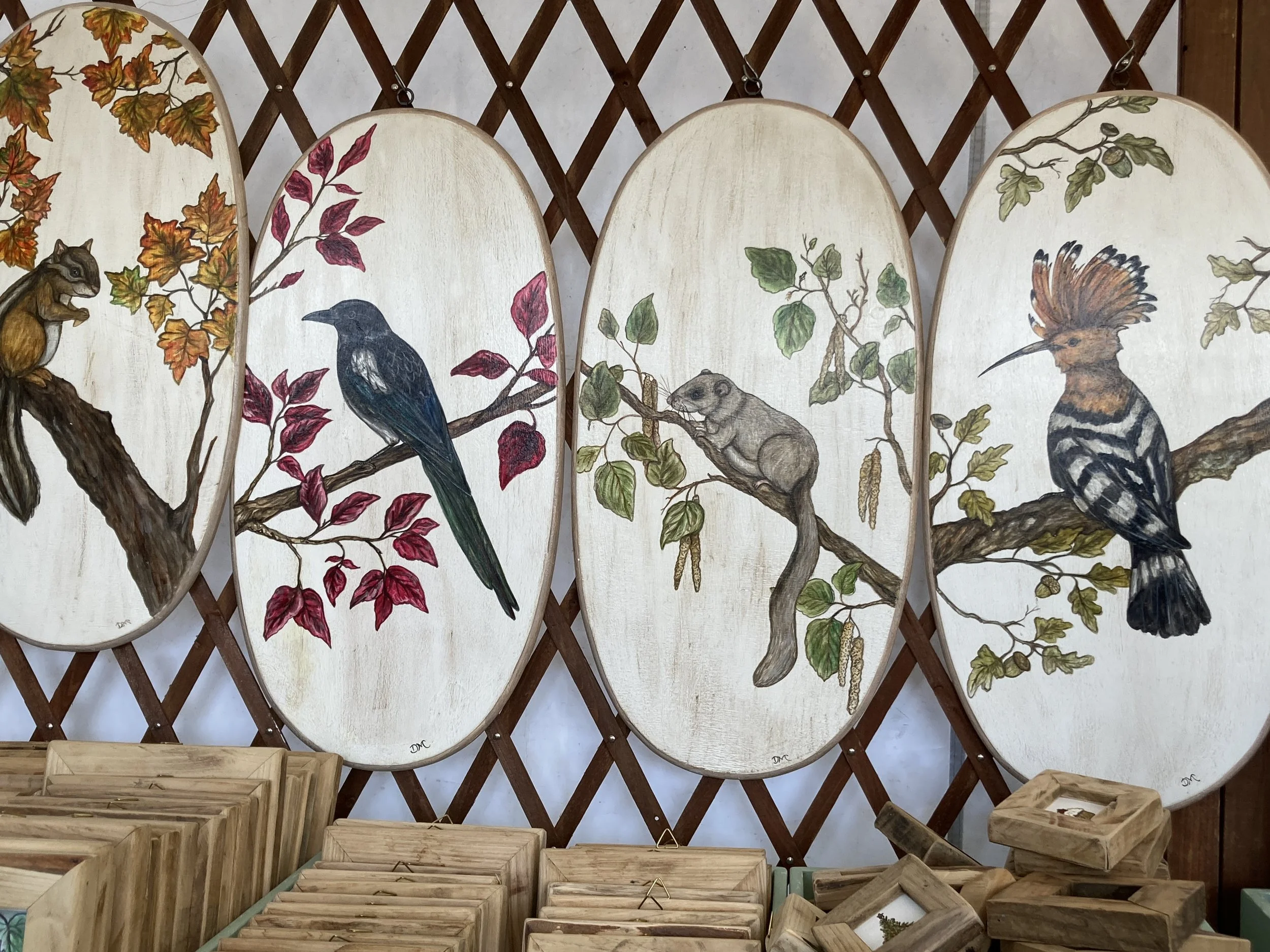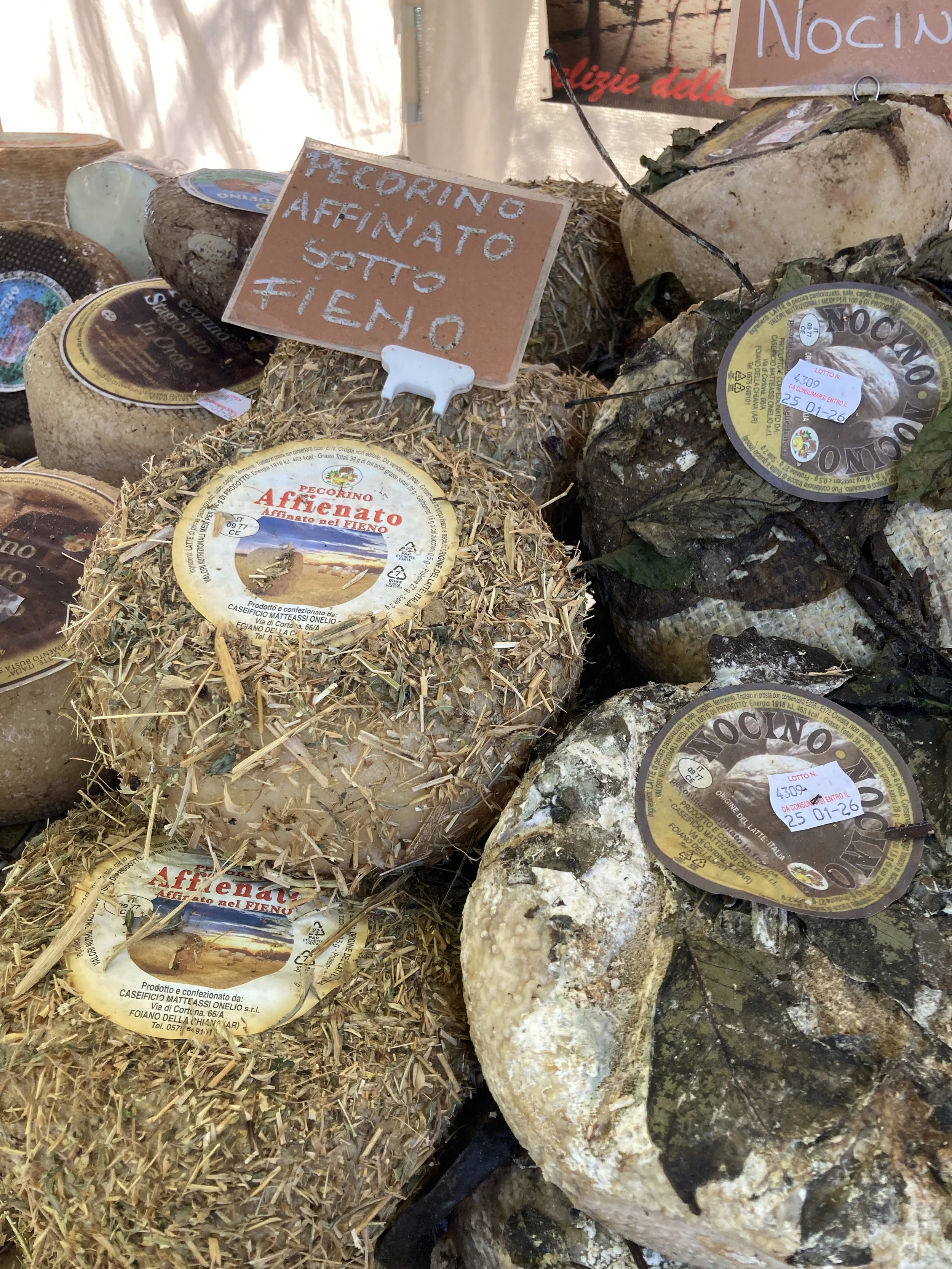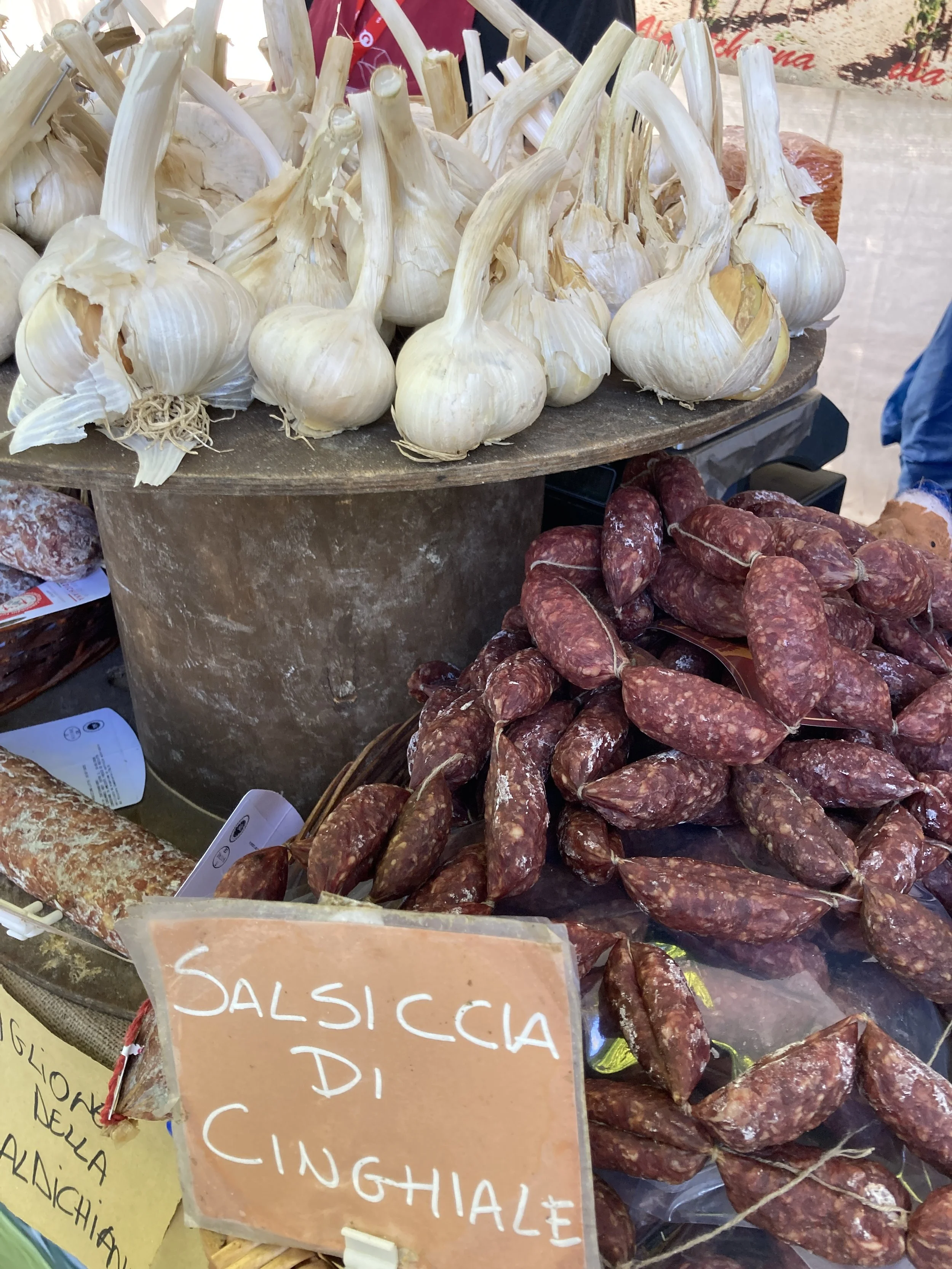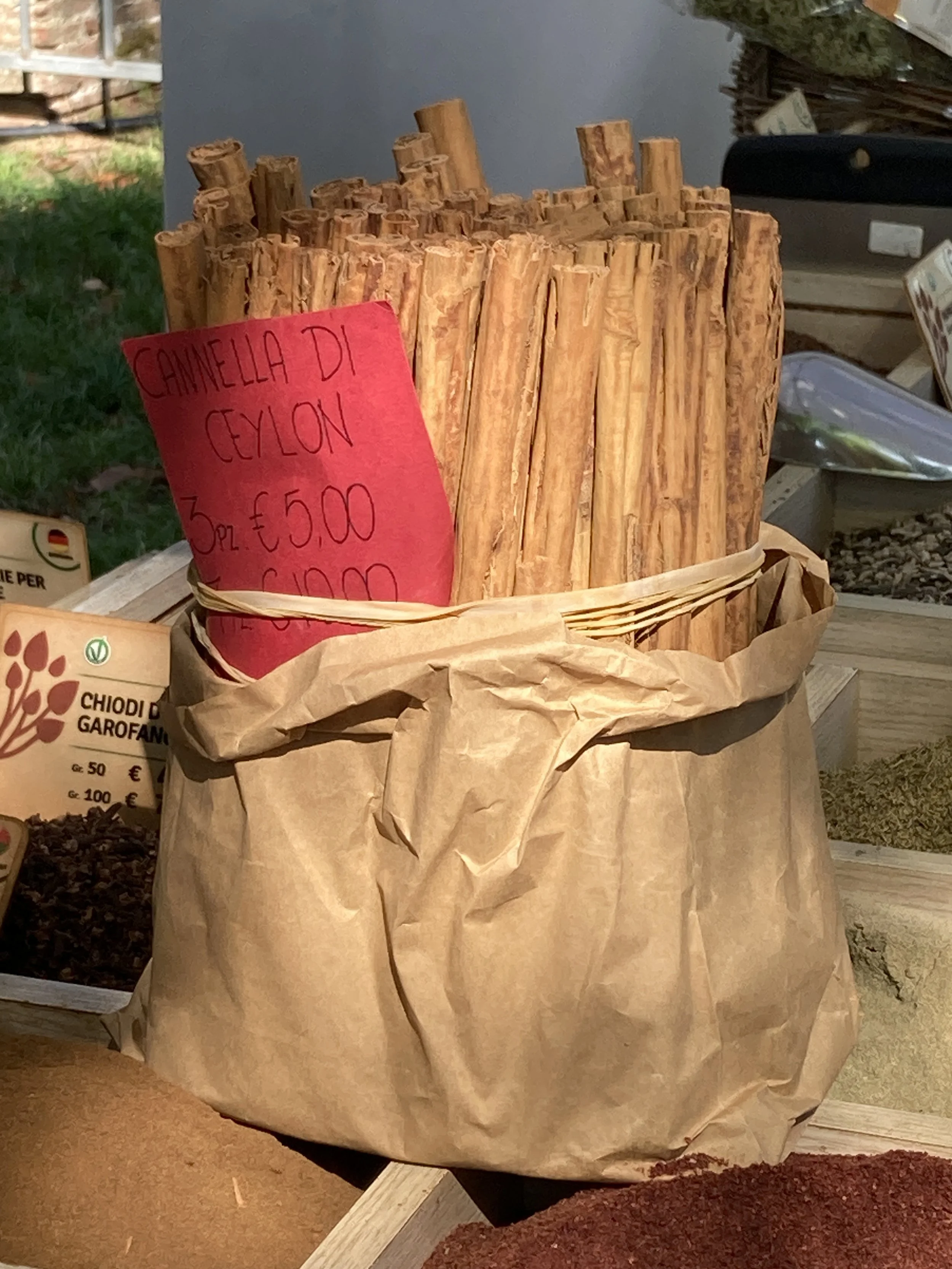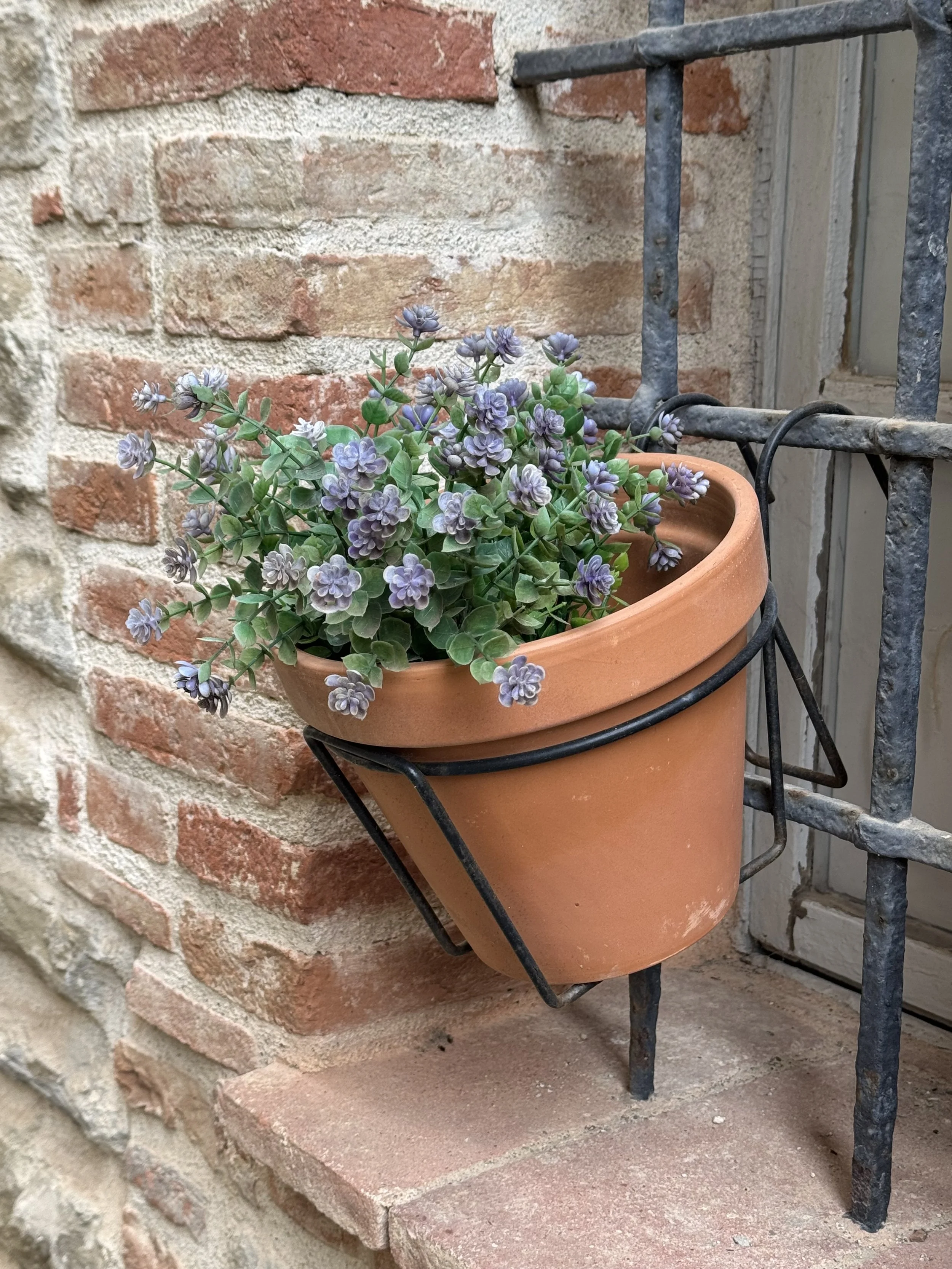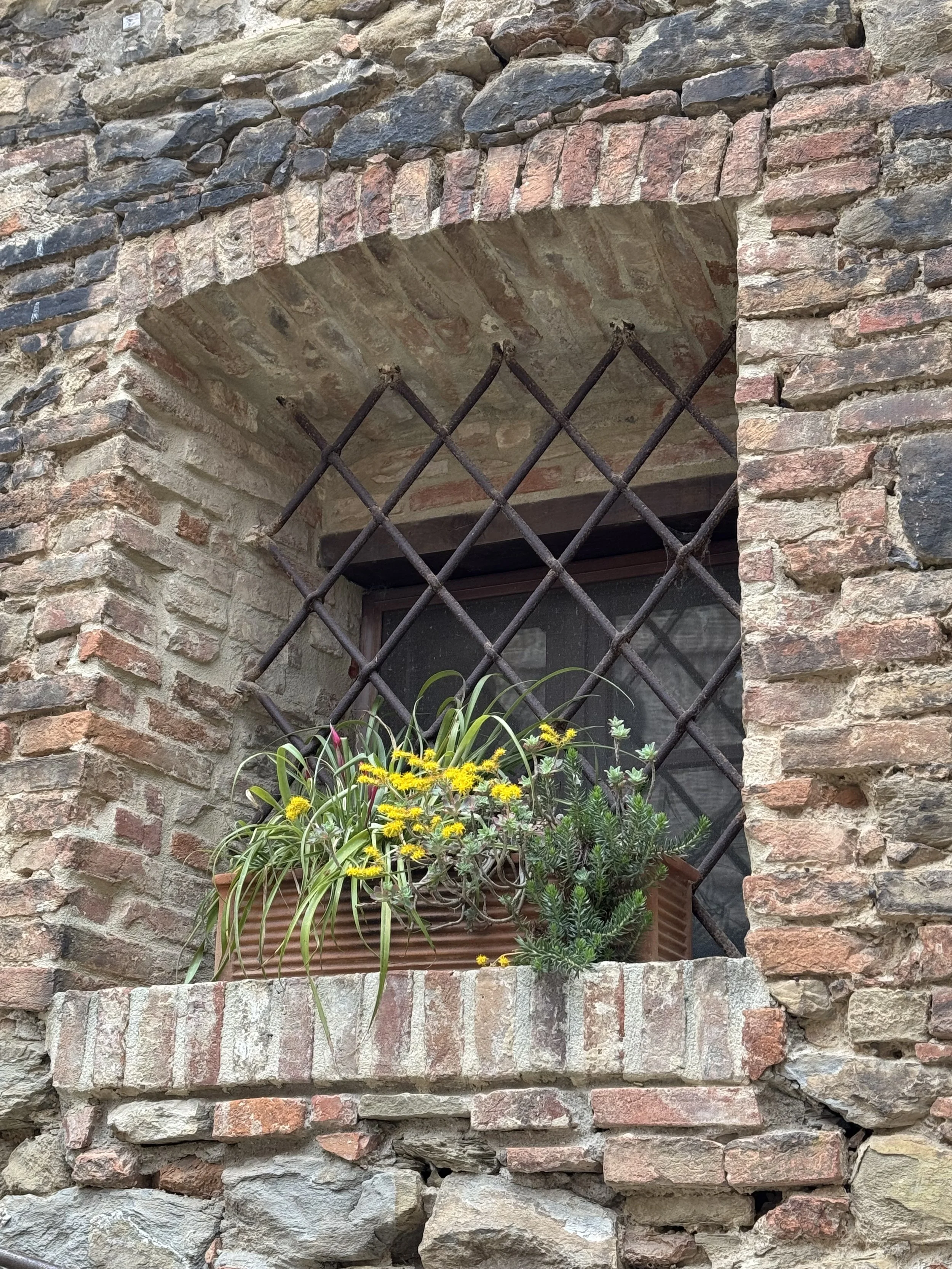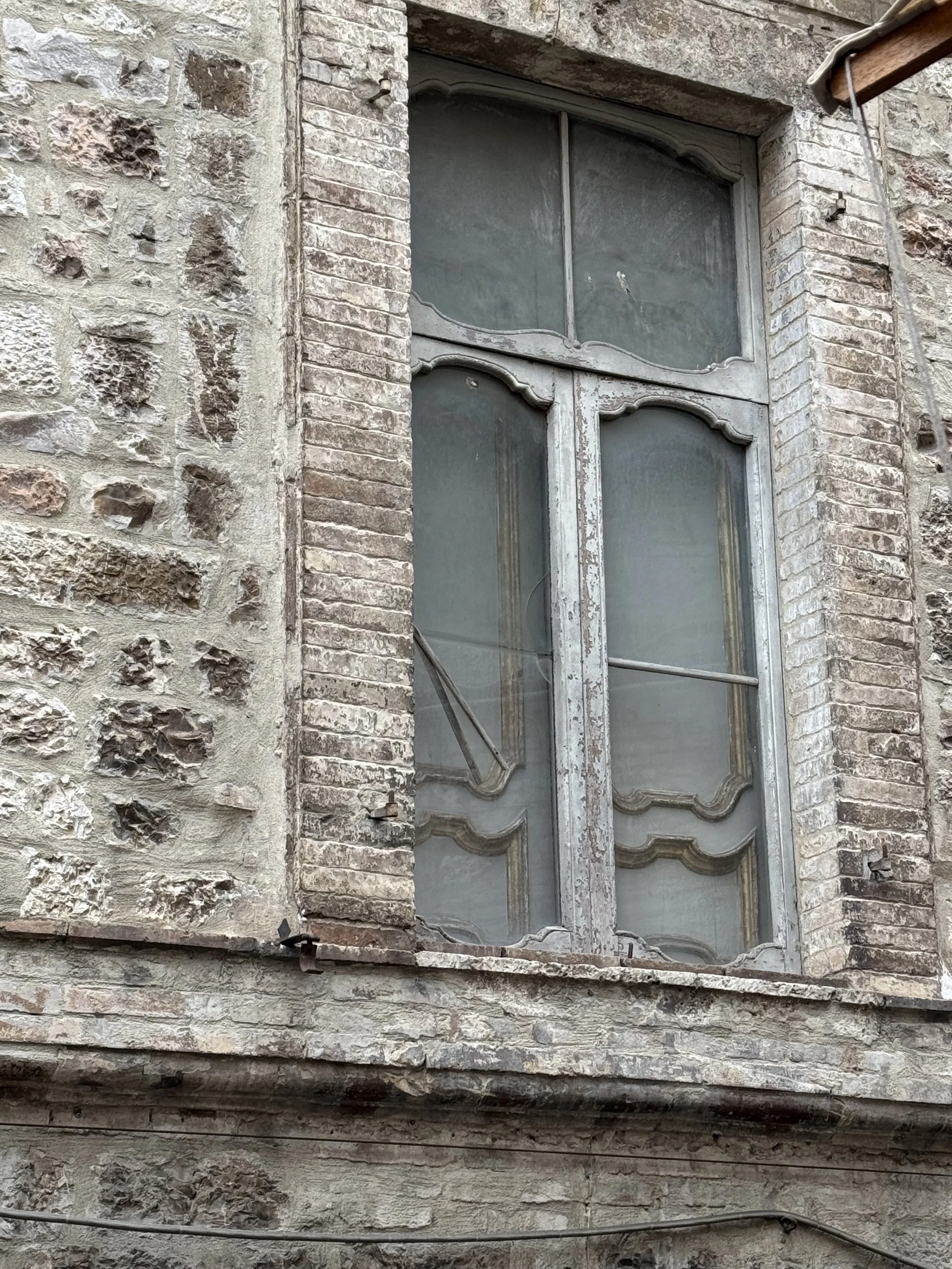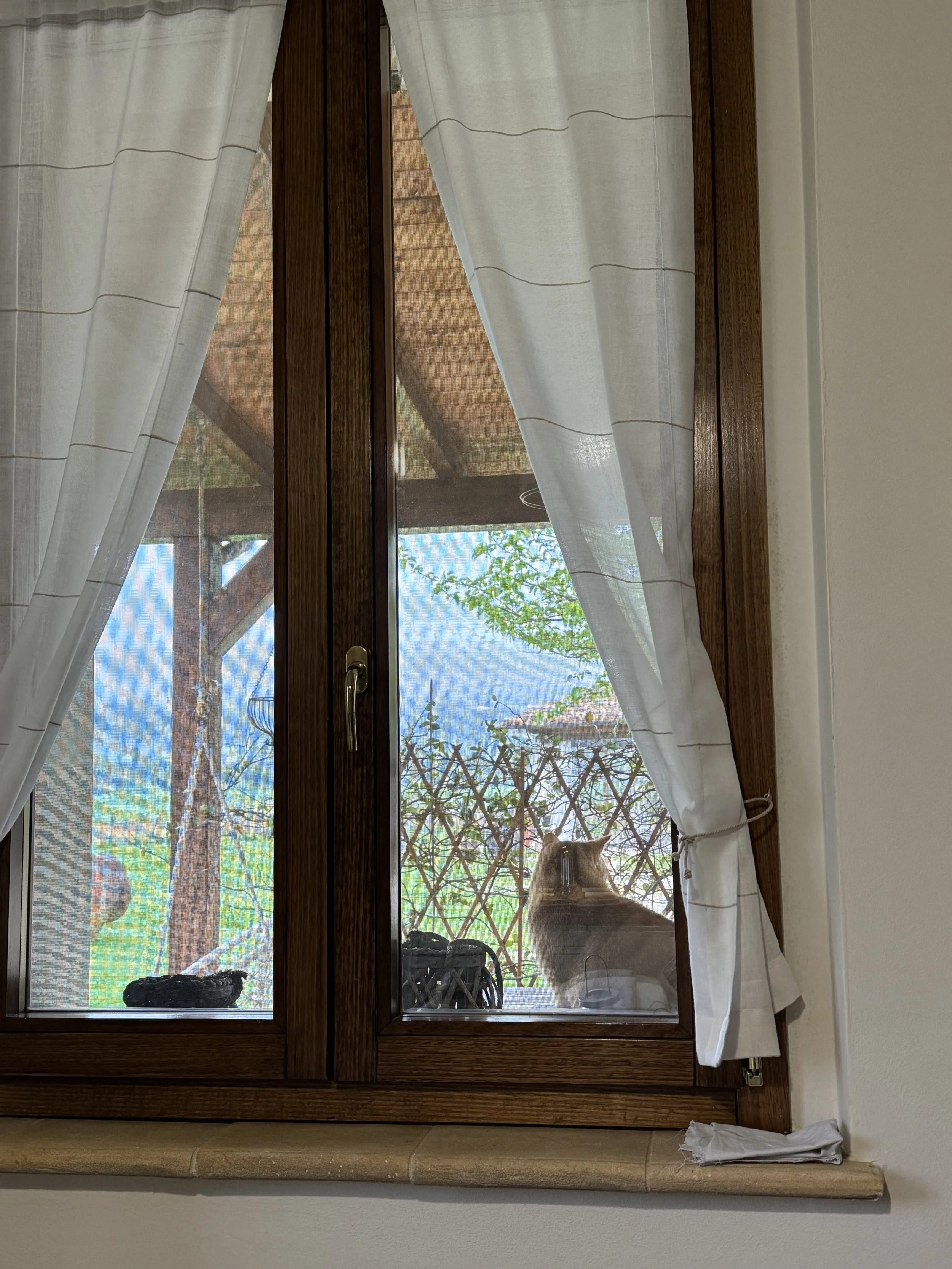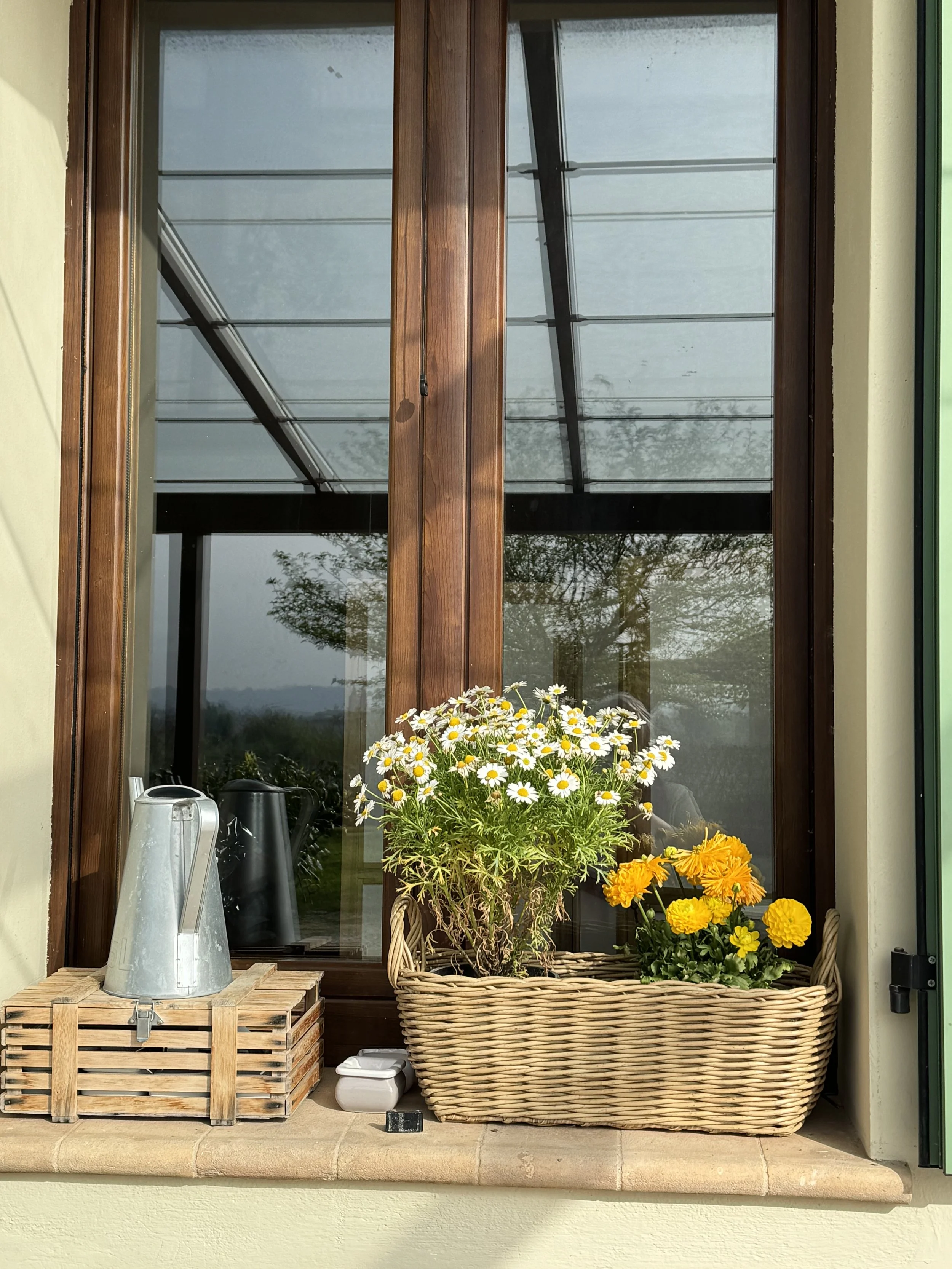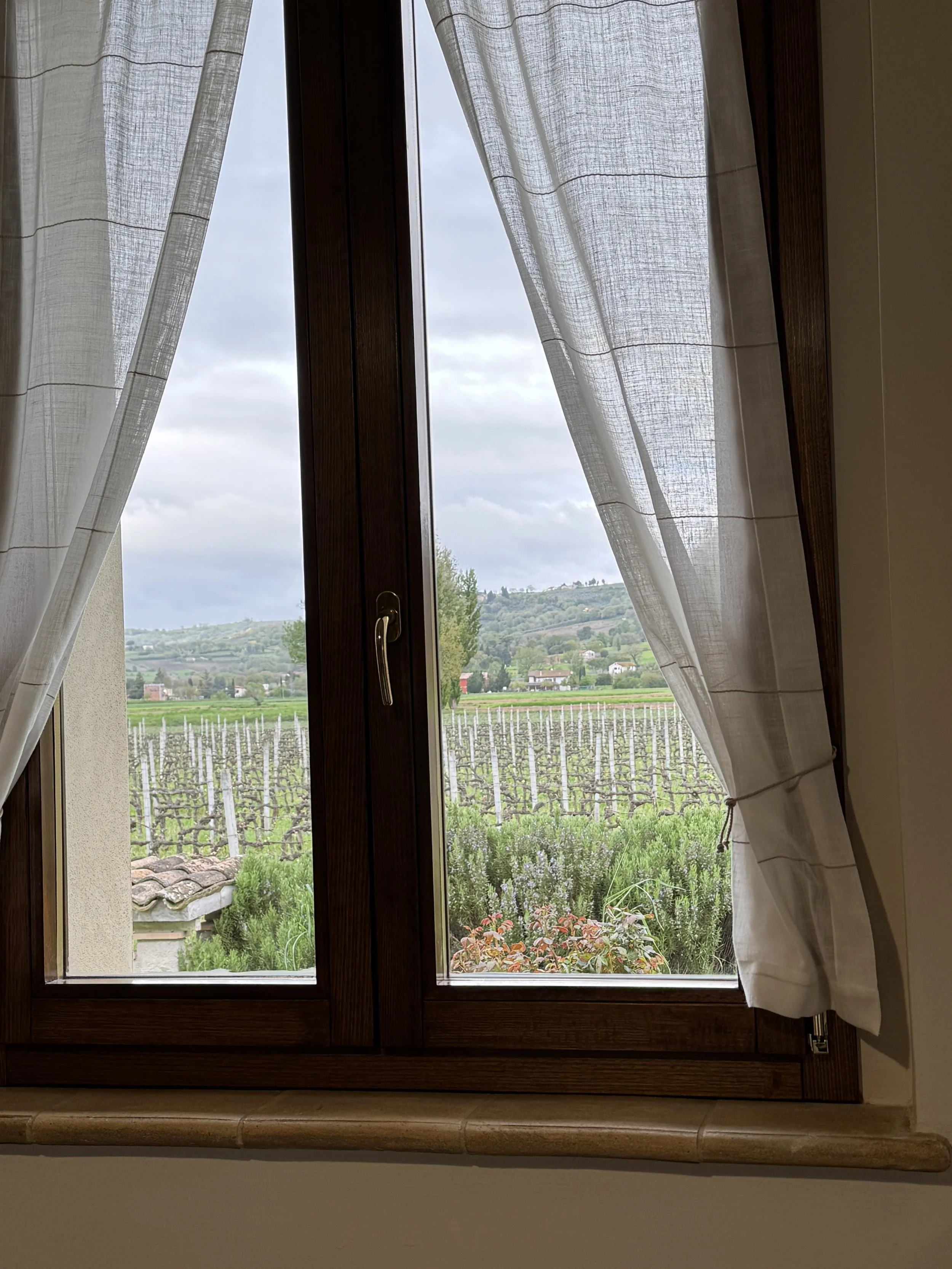Lucca in Black and White
When I think of Lucca, I see color. Blue skies, sunsets that glow in orange and red, green trees lining the historic city walls, balconies full of colorful flowers.
There are wisteria blooms in spring, bright orange drinks in a piazza during summer, and gourds in all shades in fall. In the market, the color comes from red peppers, purple artichokes, bright green spring agretti, and orange clementines. There are red brick medieval buildings, ochre colored homes, and painted doors. Now, in October, the leaves will soon be changing and we will crunch through drying leaves of yellow and gold as we walk.
As much as I love all of Lucca’s colors, the city has a moody side as well. When the skies darken, the winds blow, and a chill seeps through the thick walls of the buildings it is a different city altogether.
I’ve been trying to capture this other side of Lucca in photographs. To do so, I have been experimenting lately with black and white photos.
A black and white picture highlights shadows and brings a focus on details that can be missed when there is the “distraction” of color.
They can be one way to show the side of Lucca that is a bit more dramatic, unpredictable, petulant even.
This week, I bring you Lucca in black and white.



